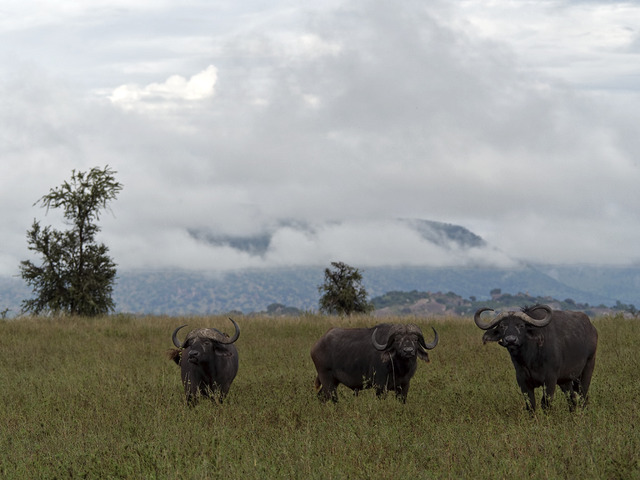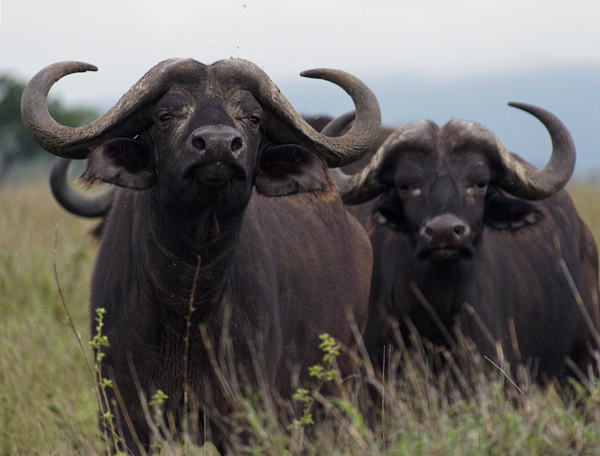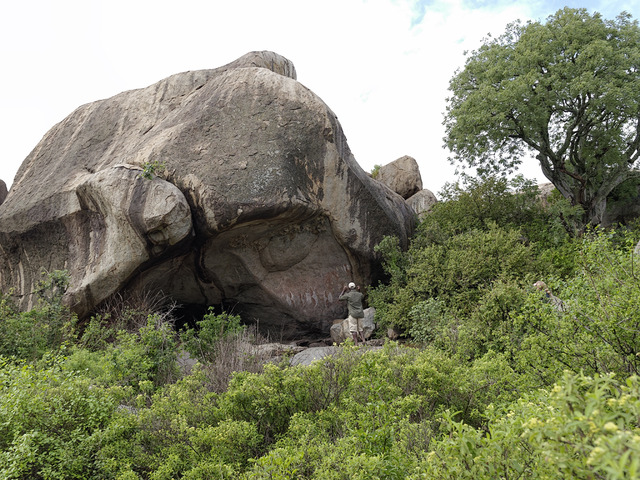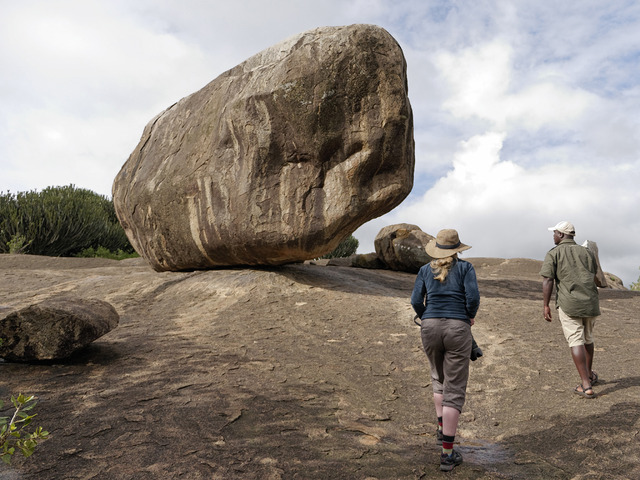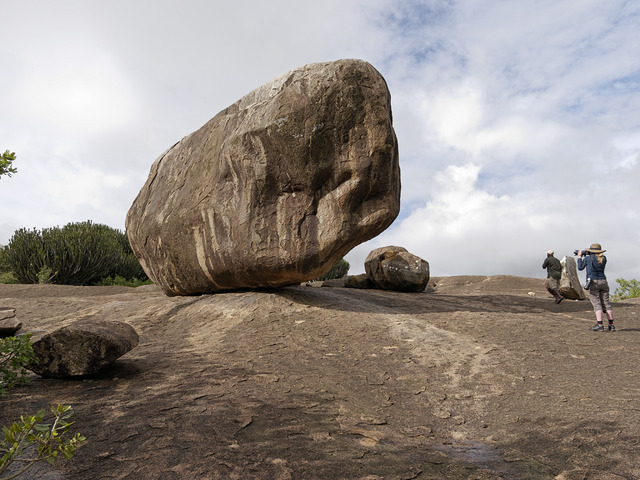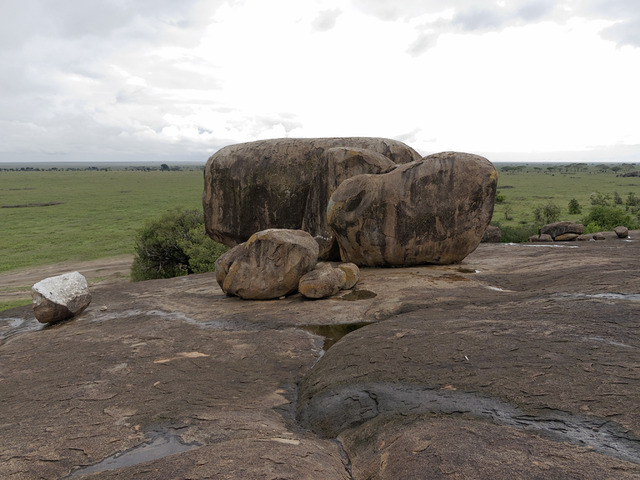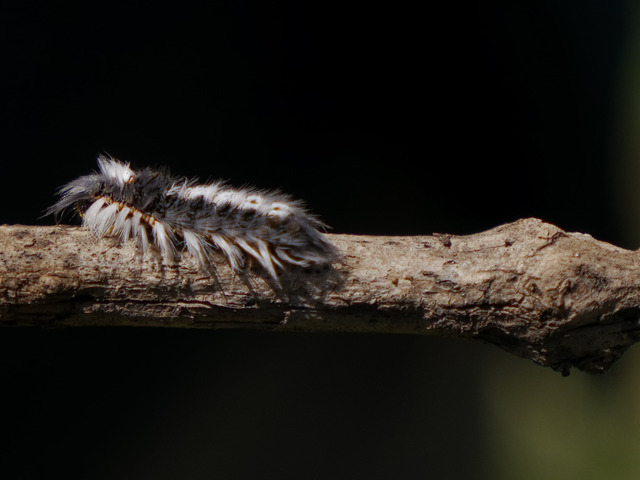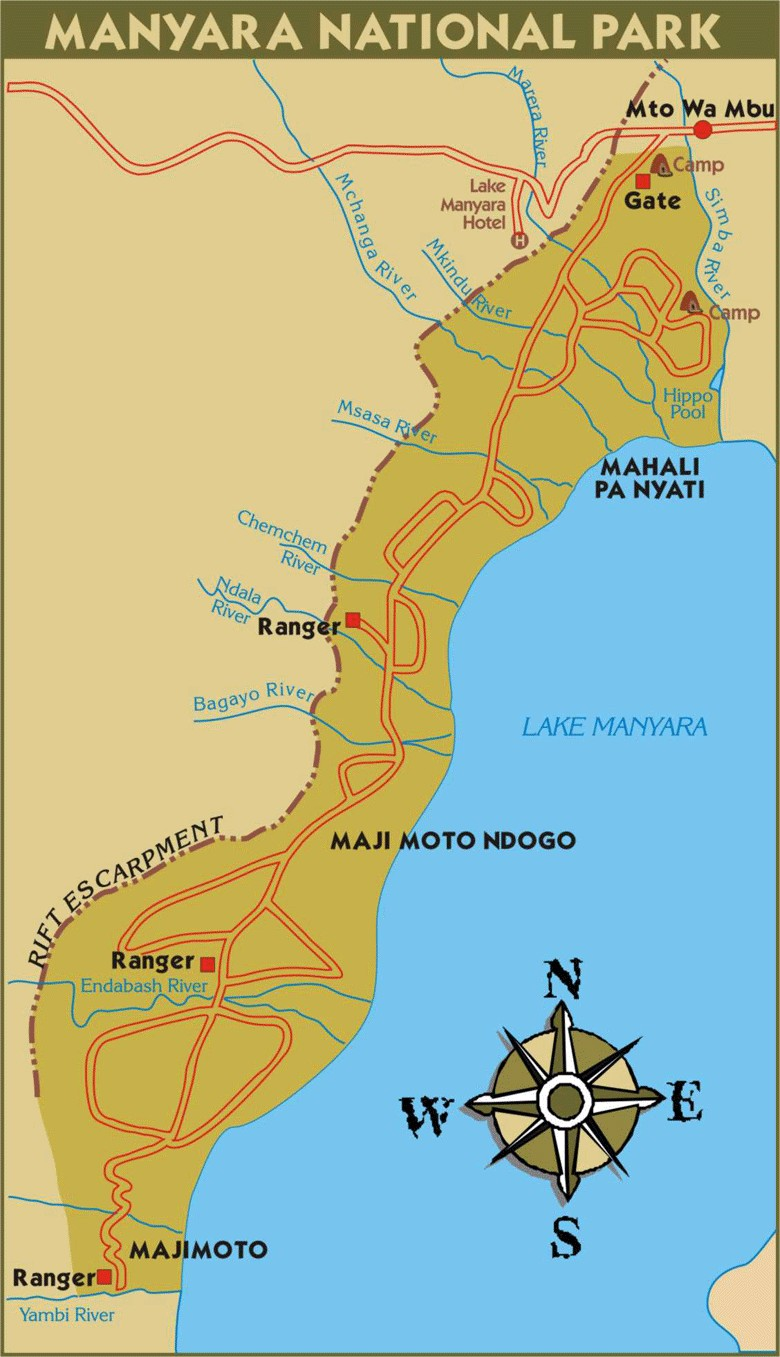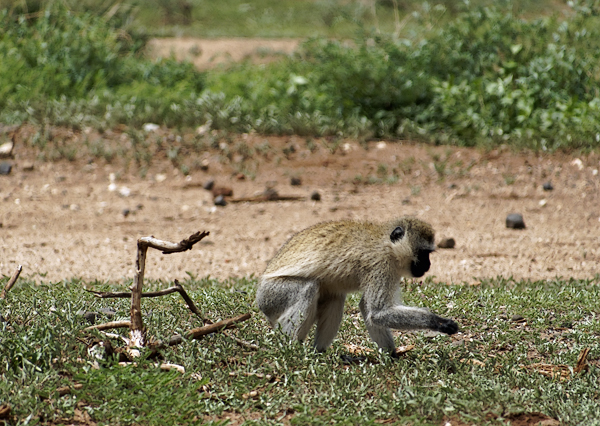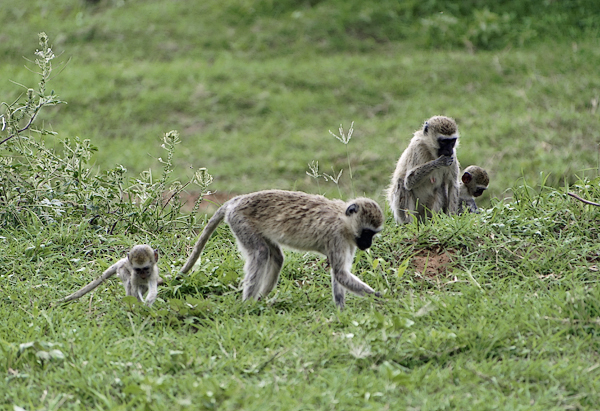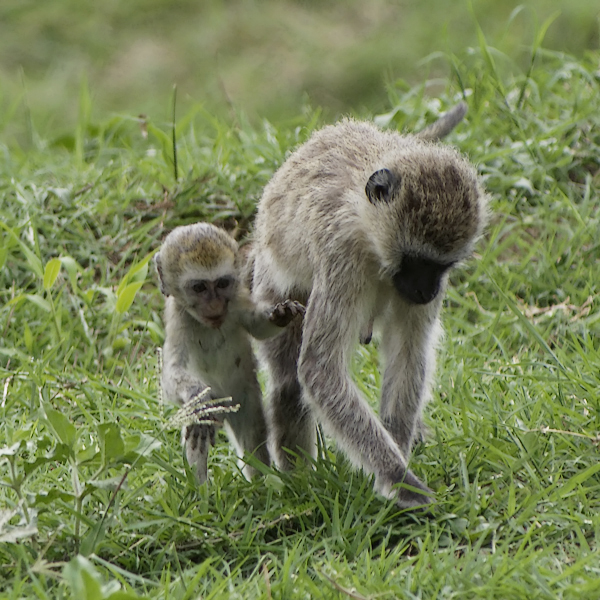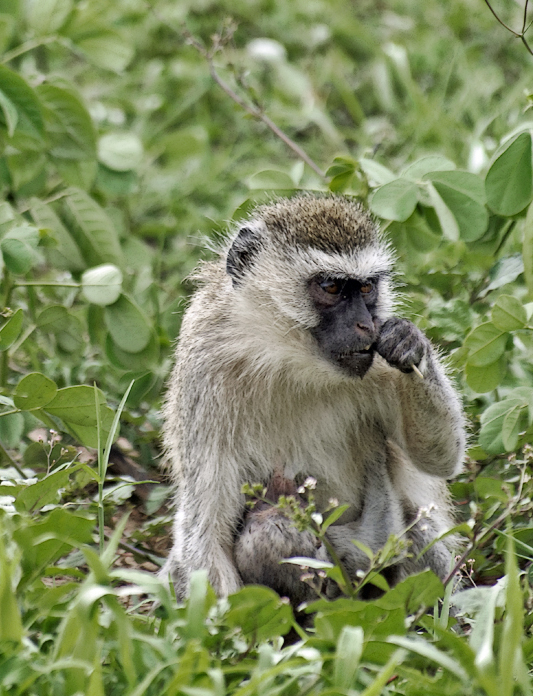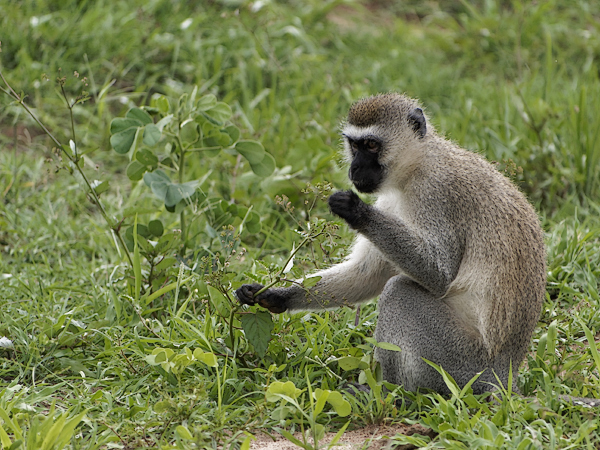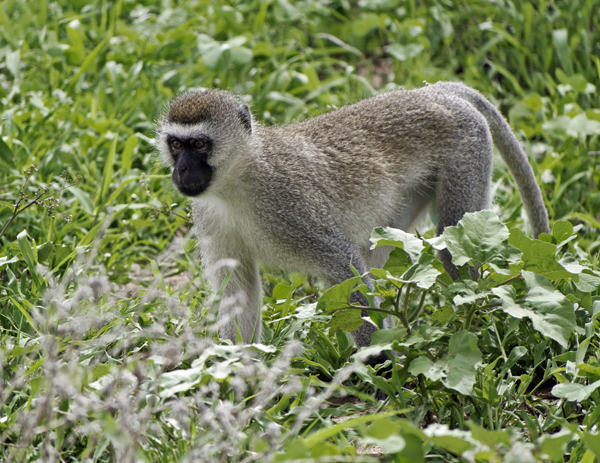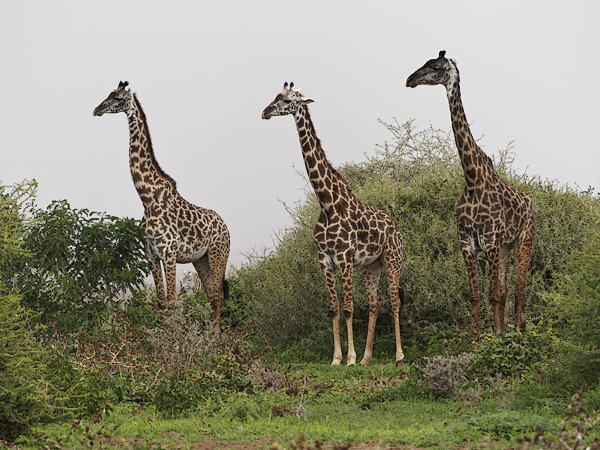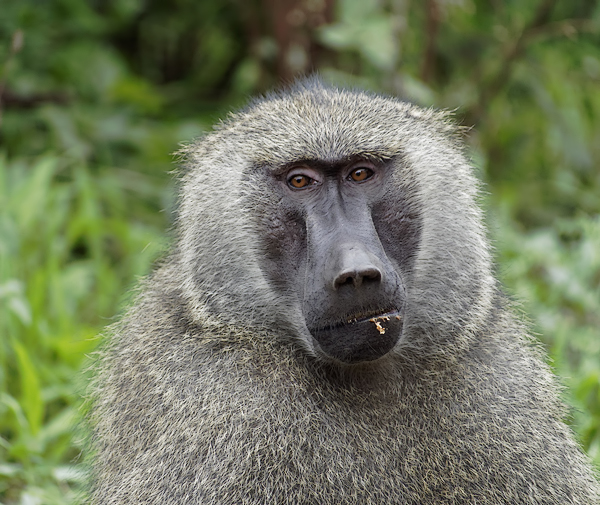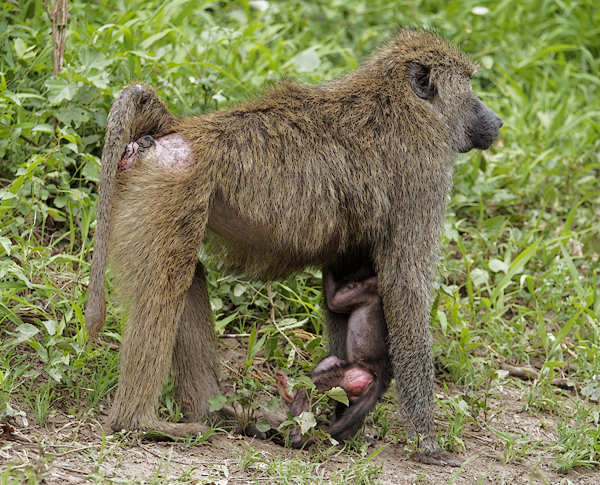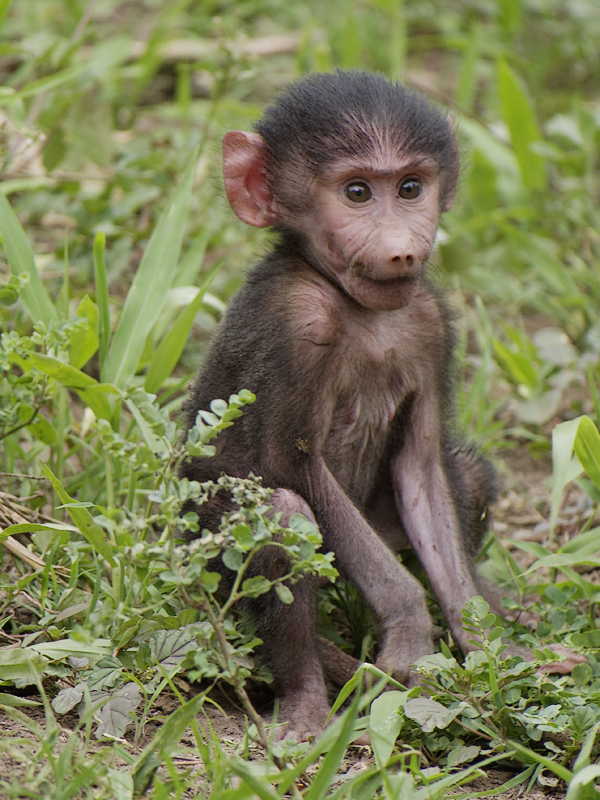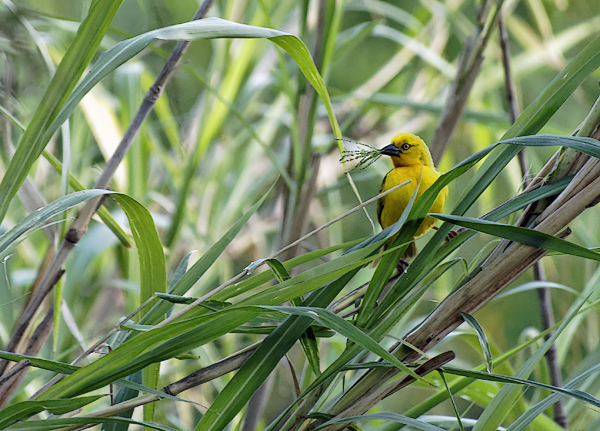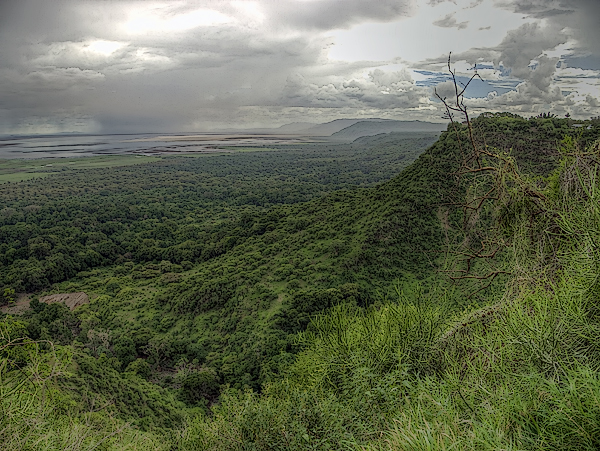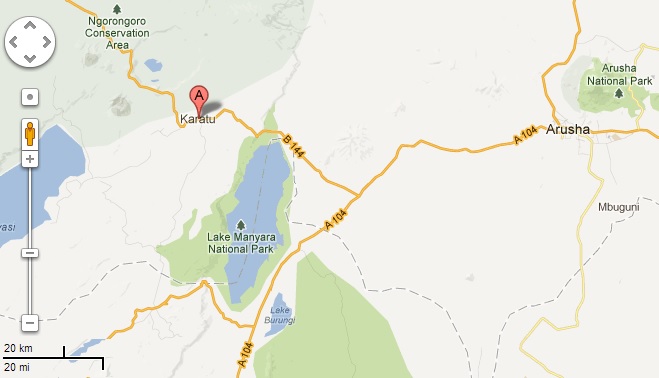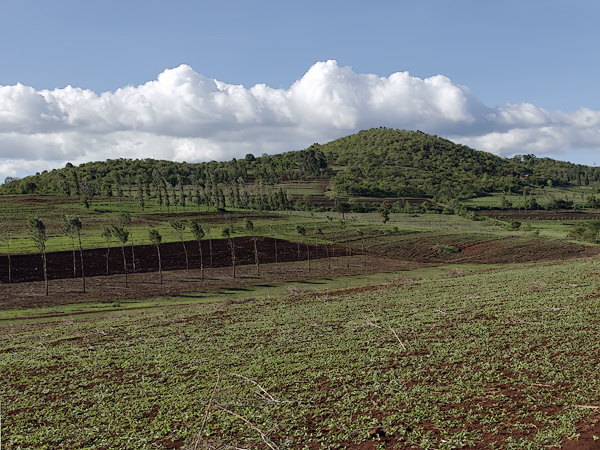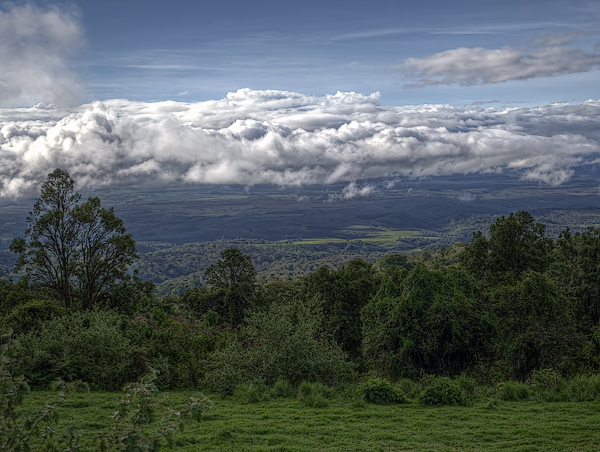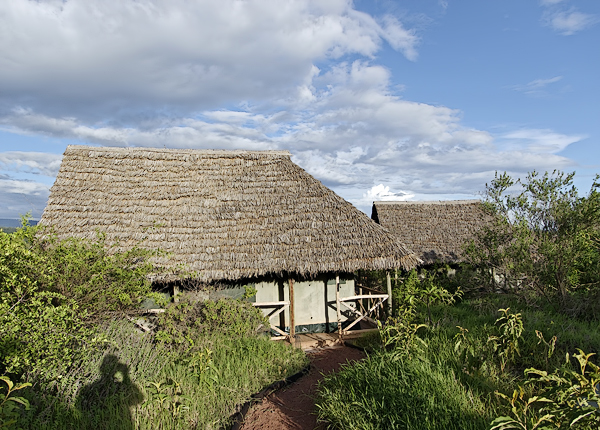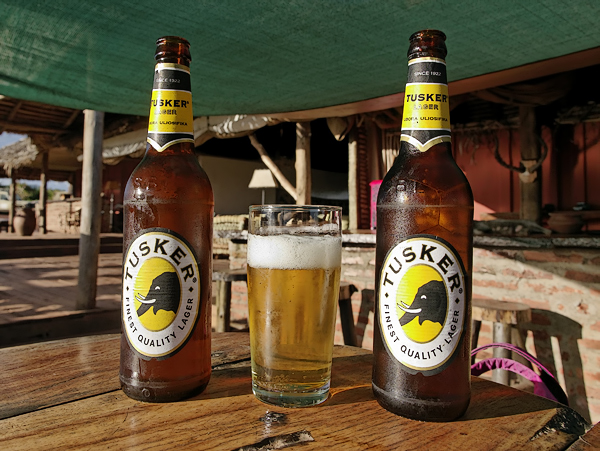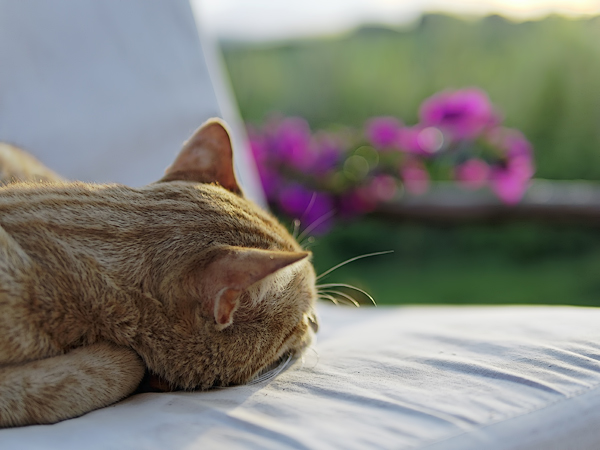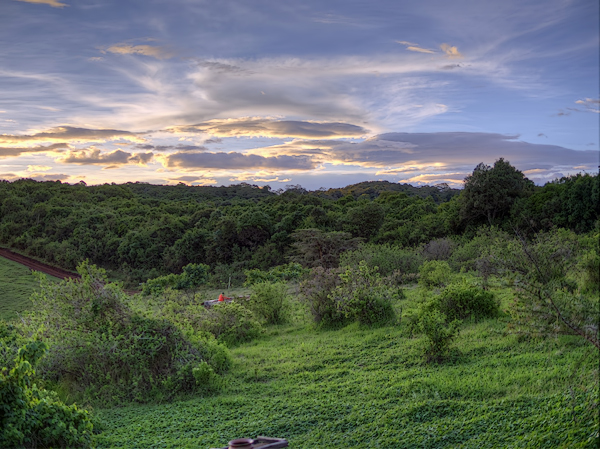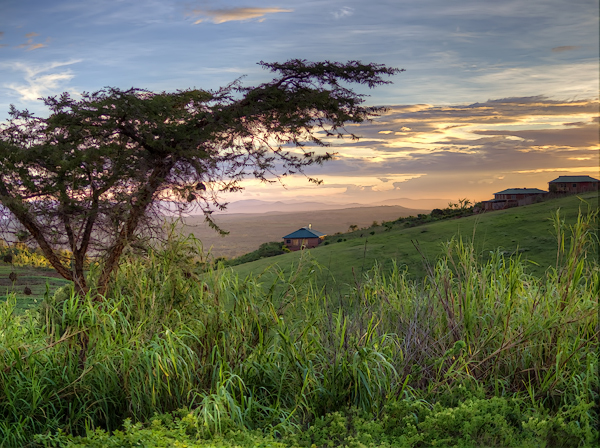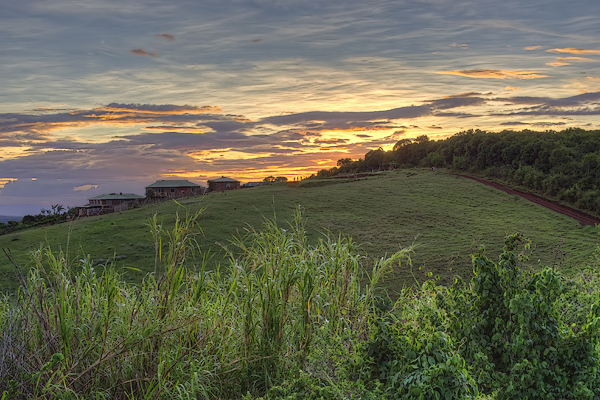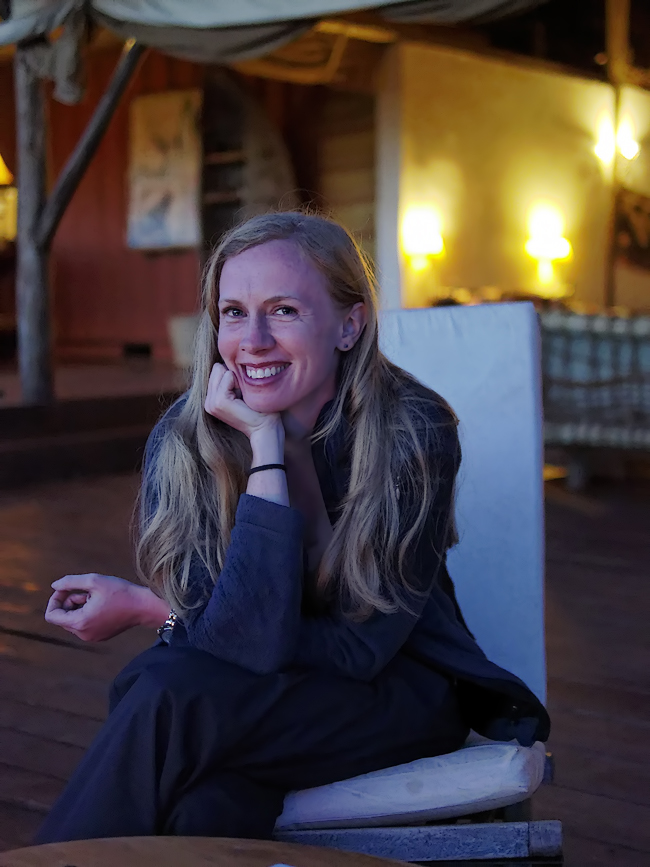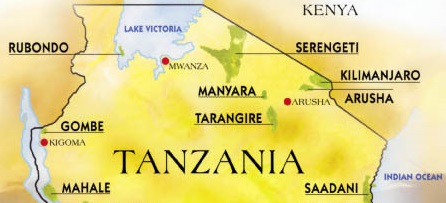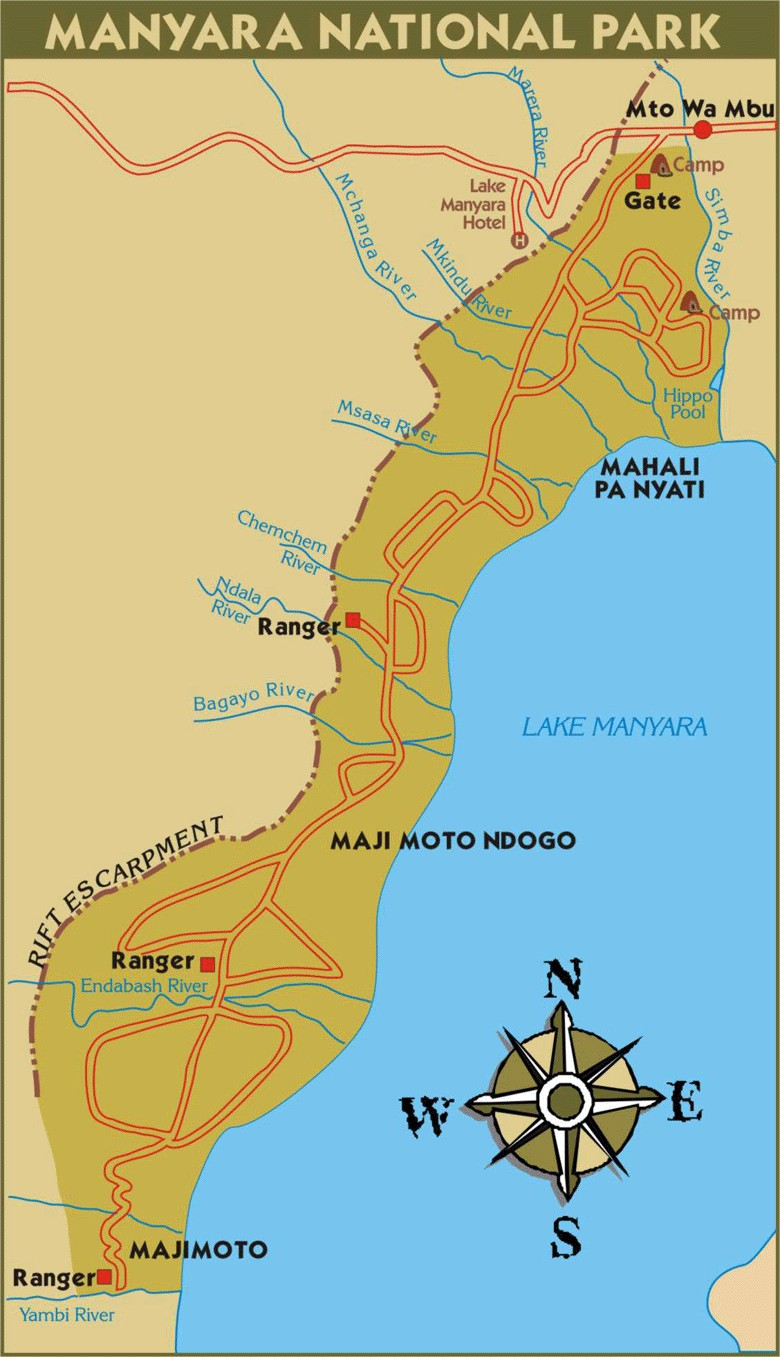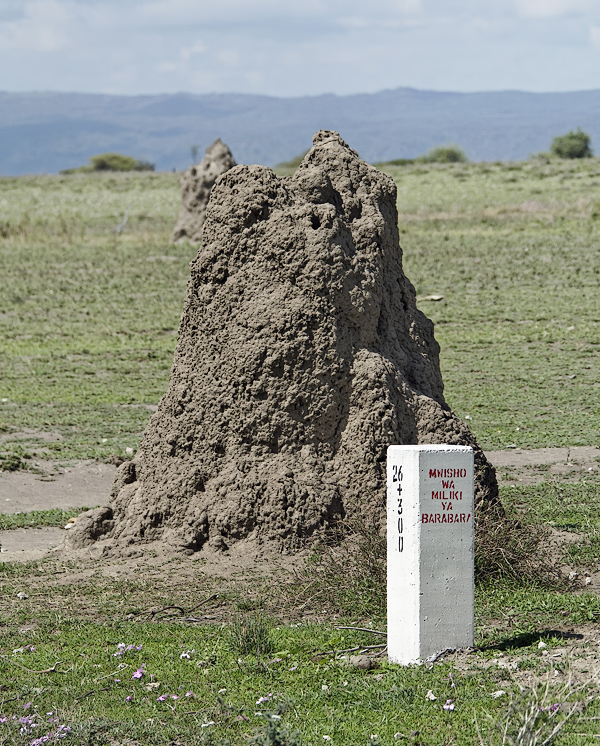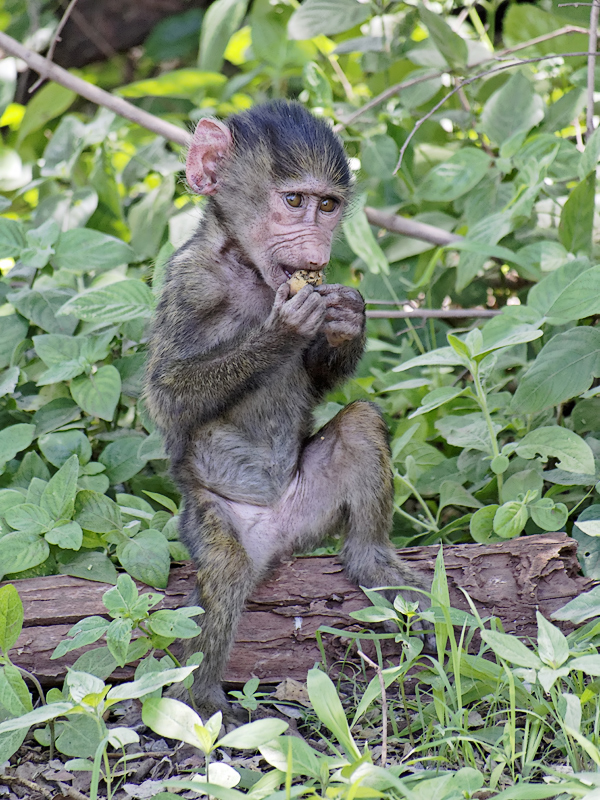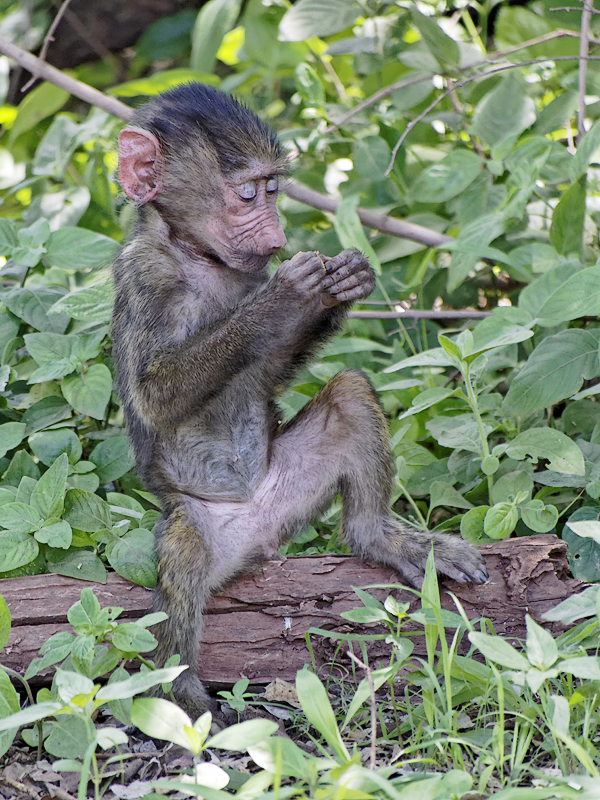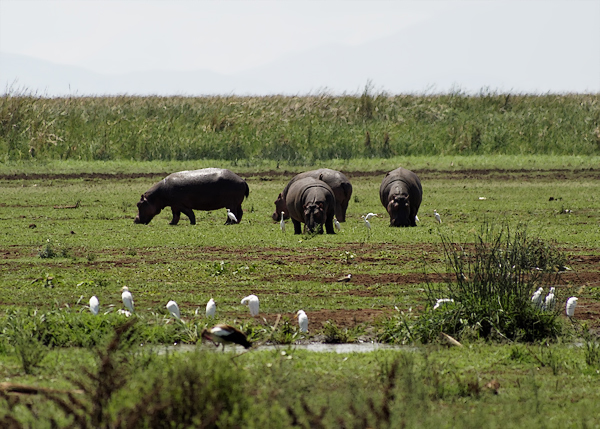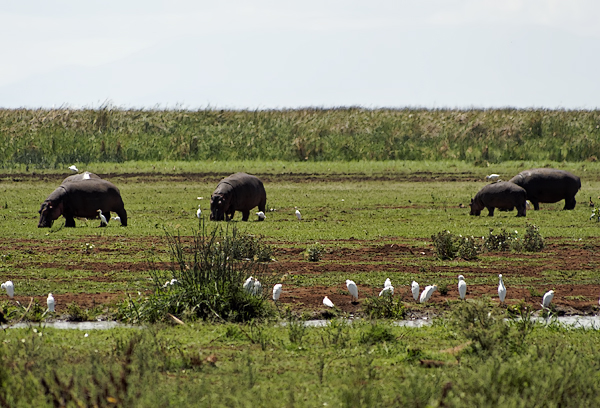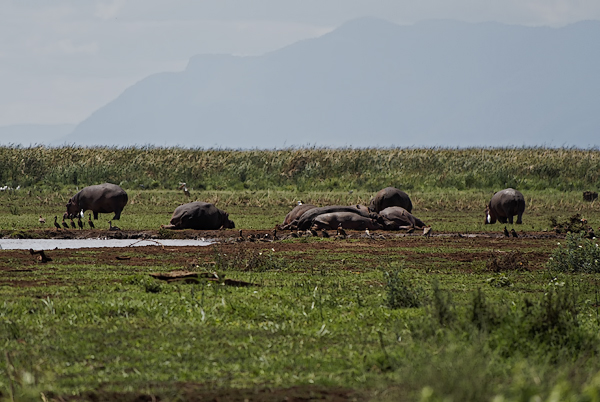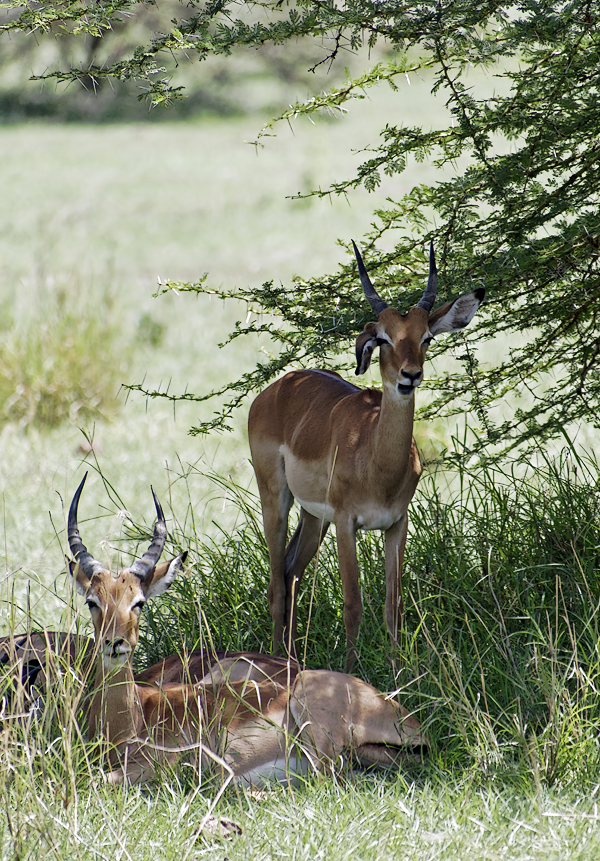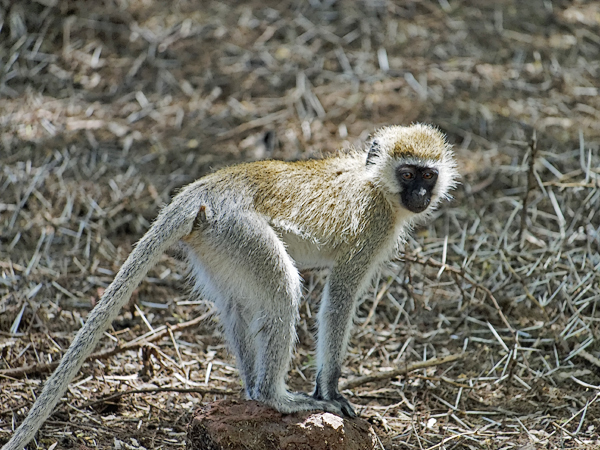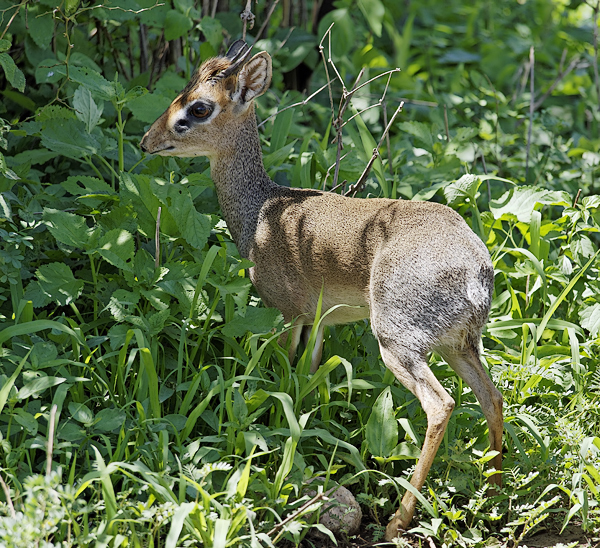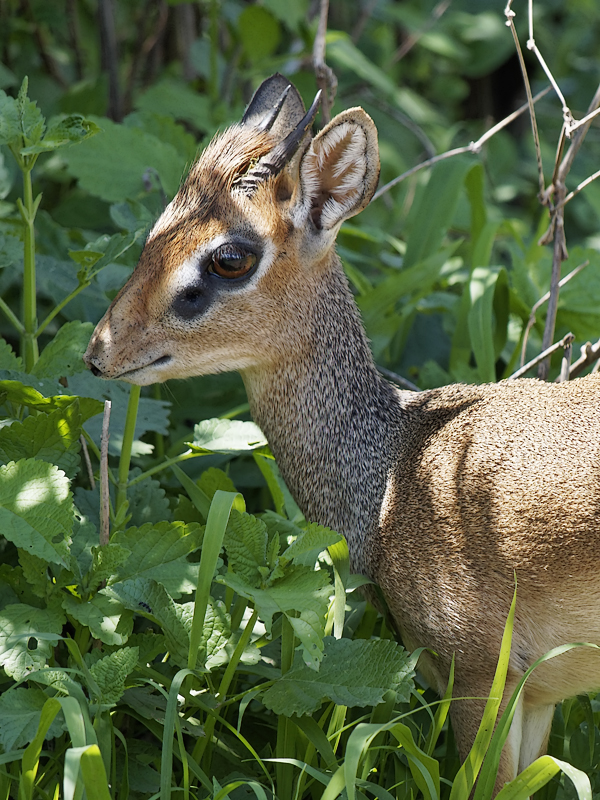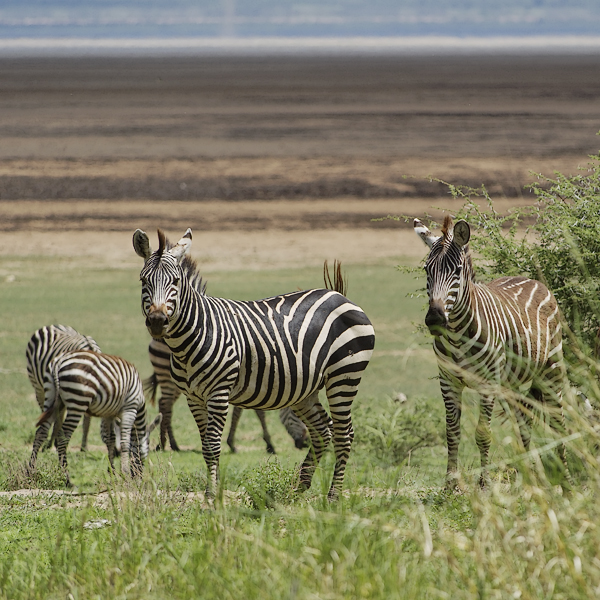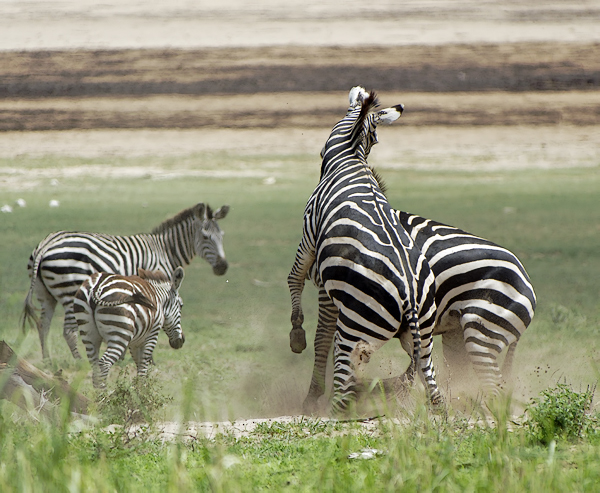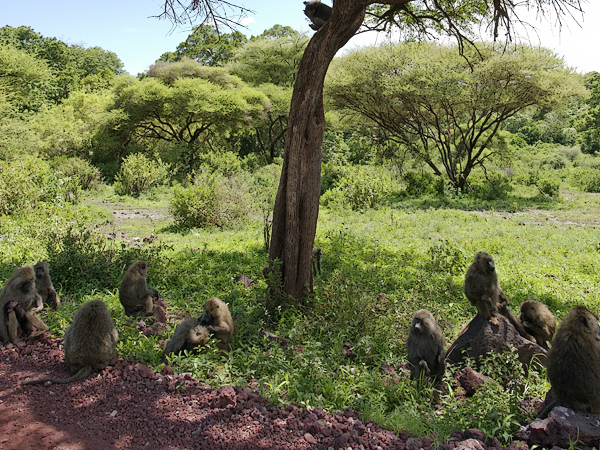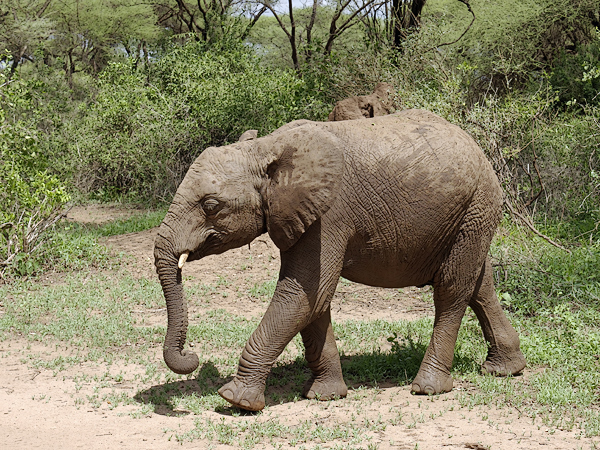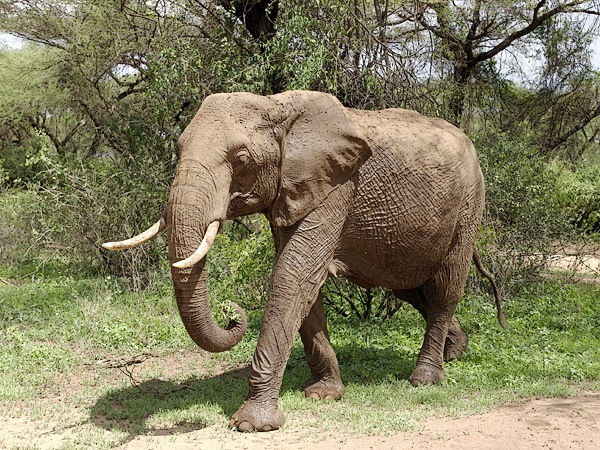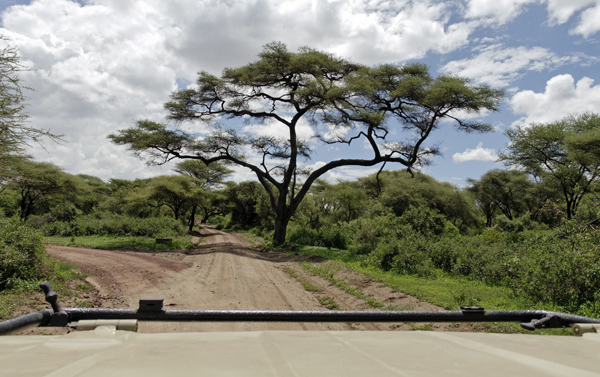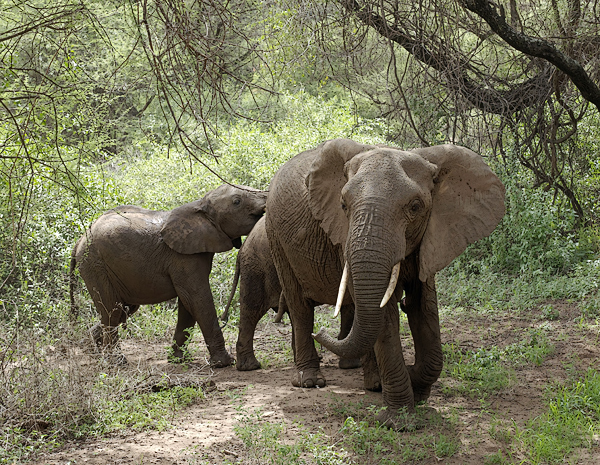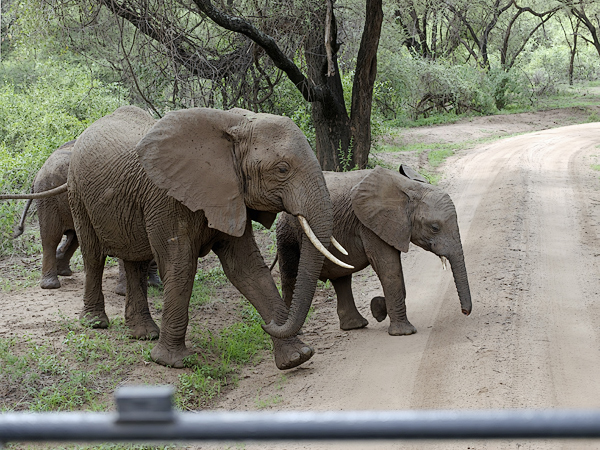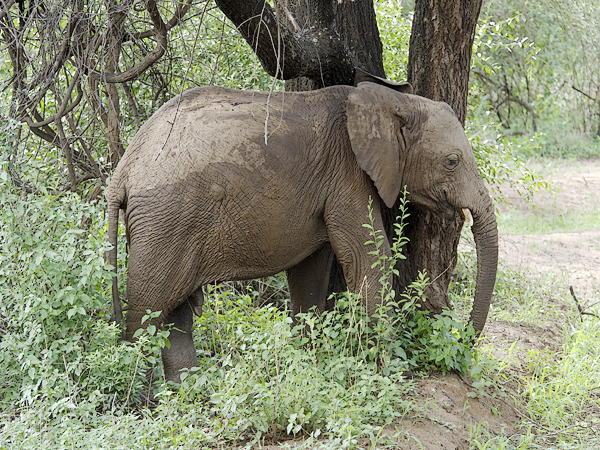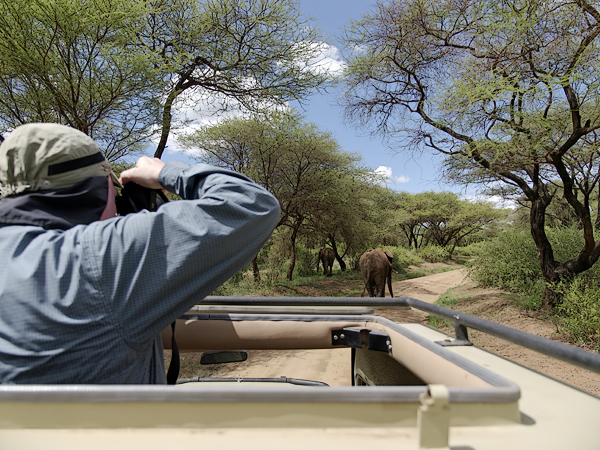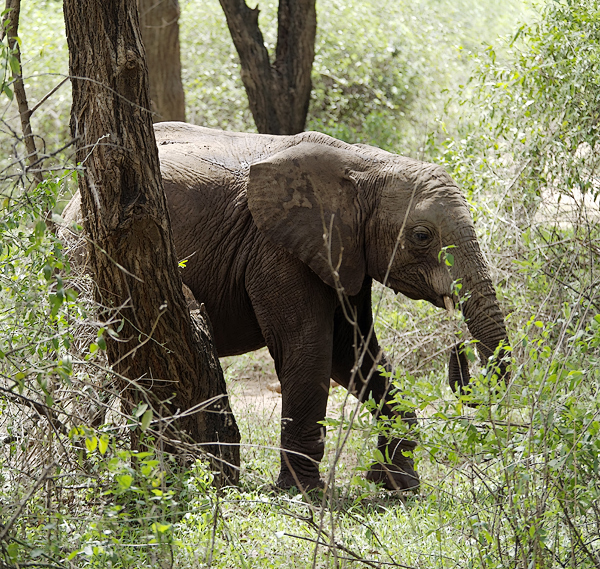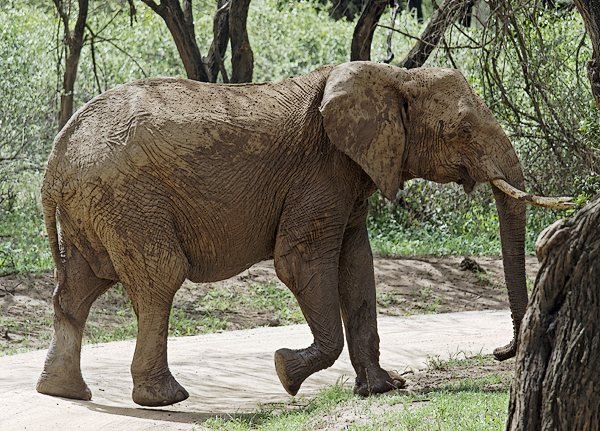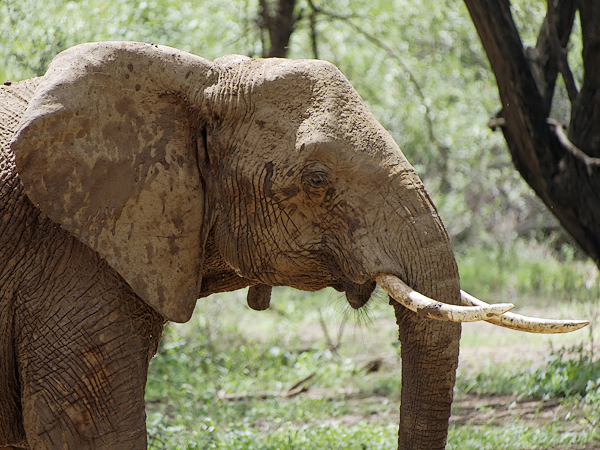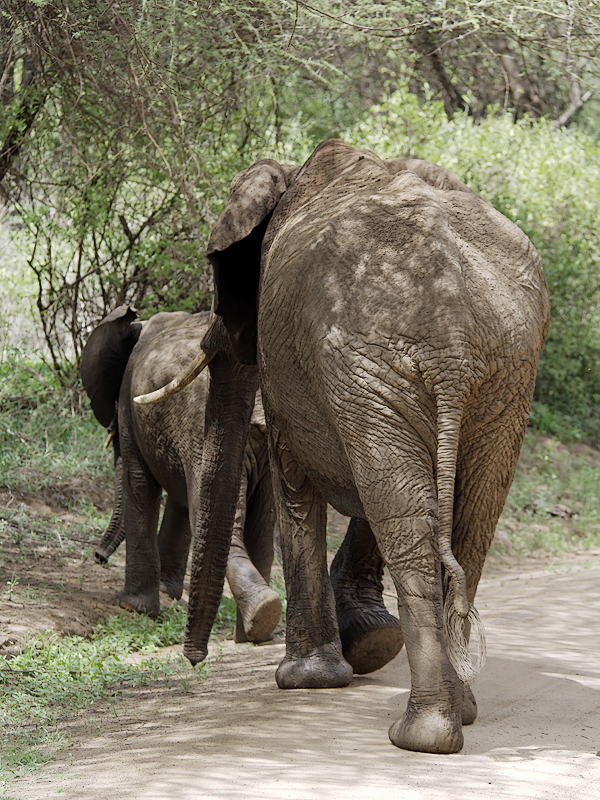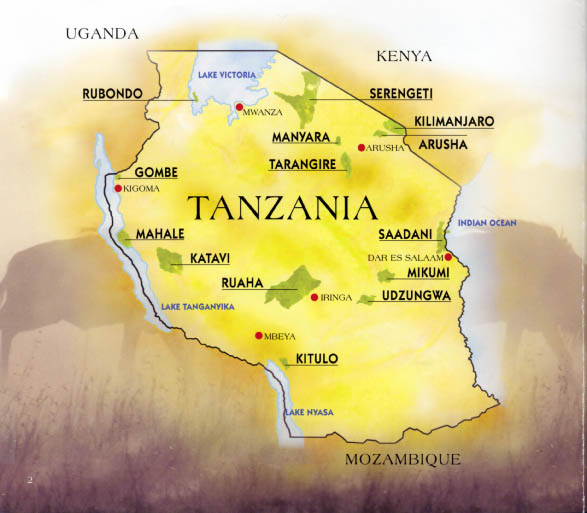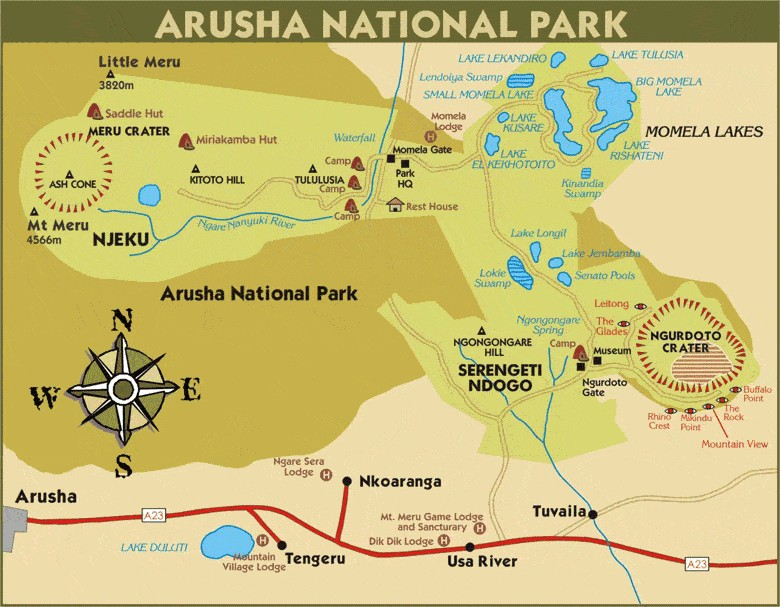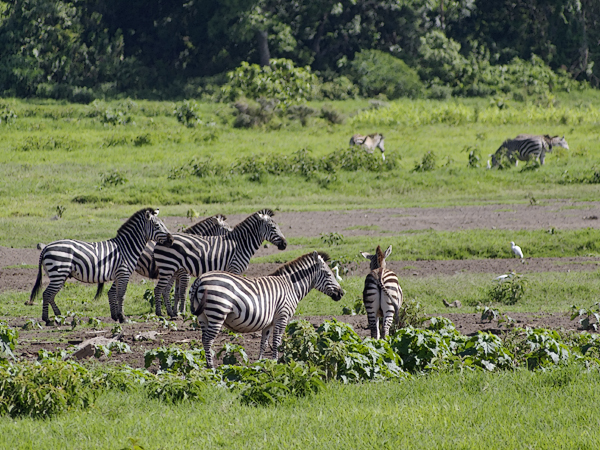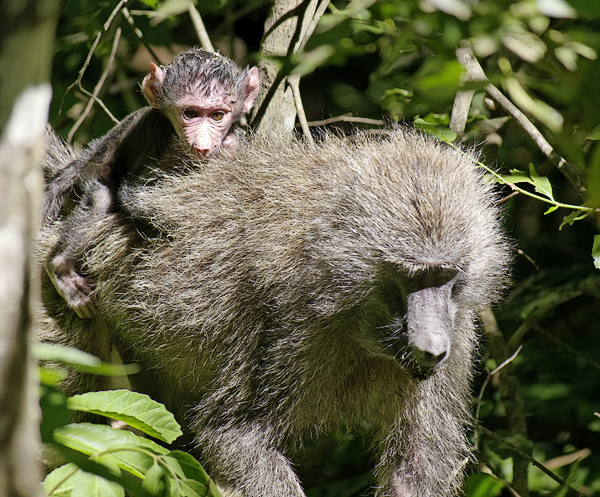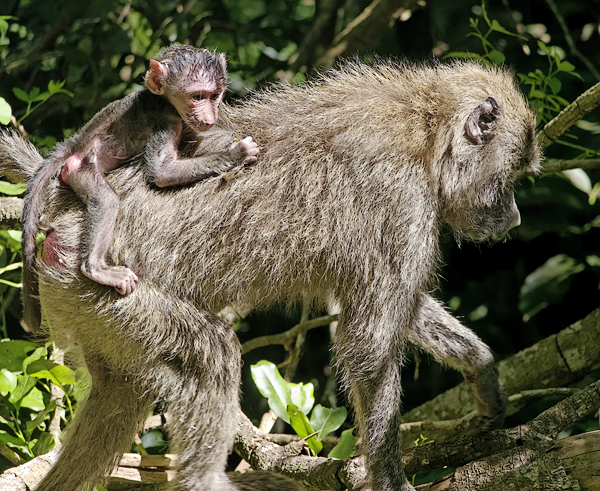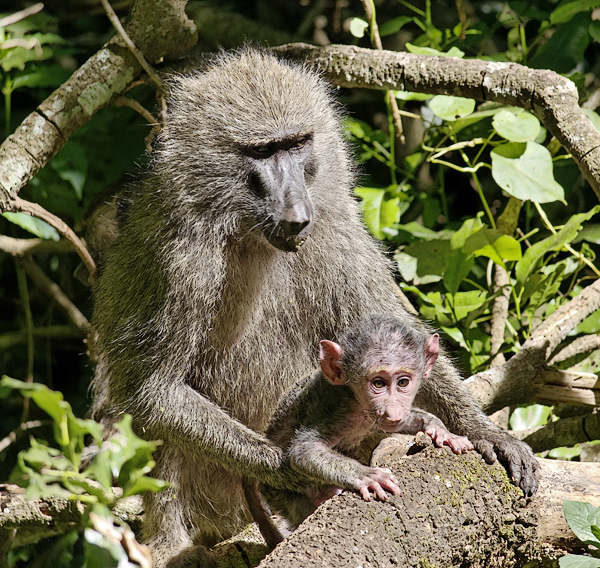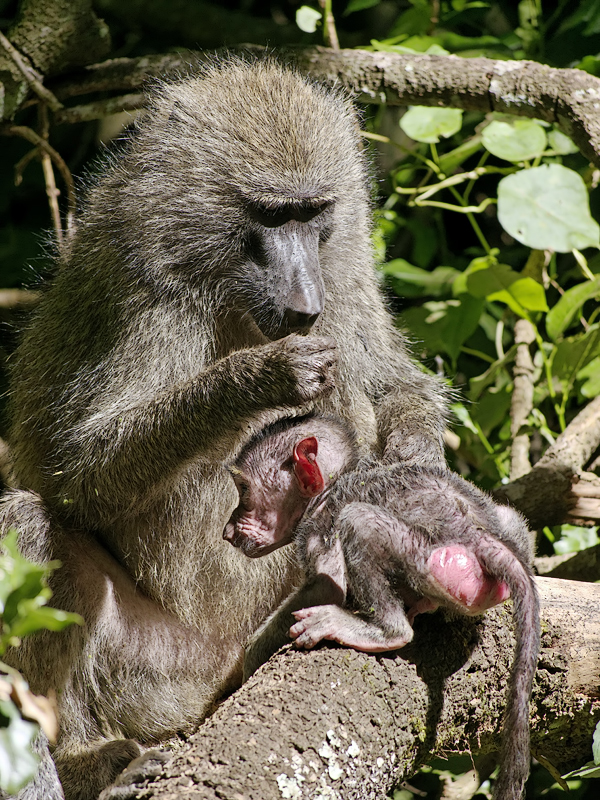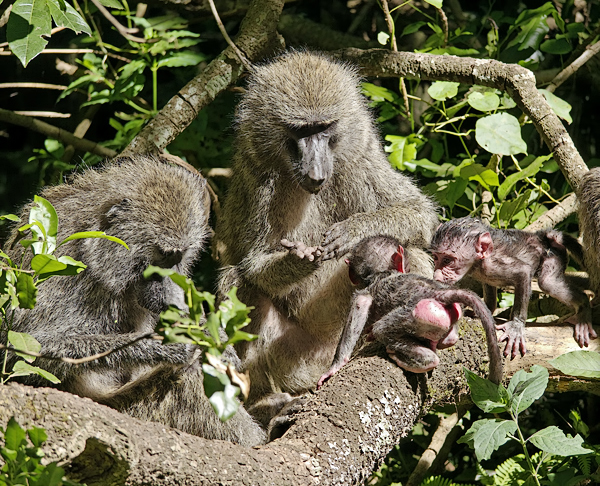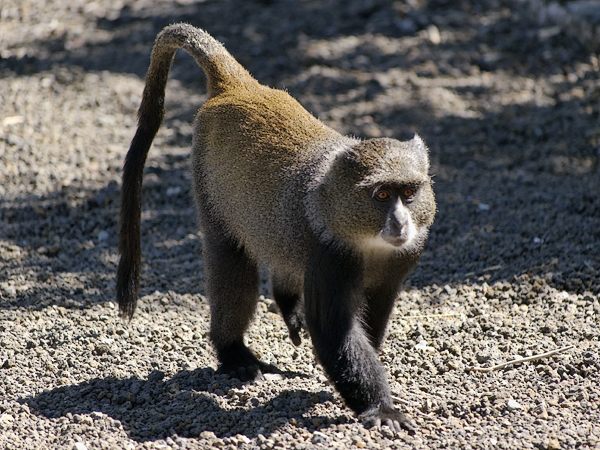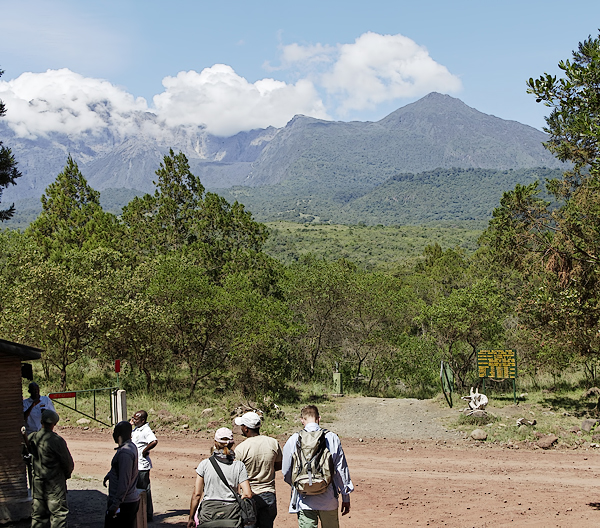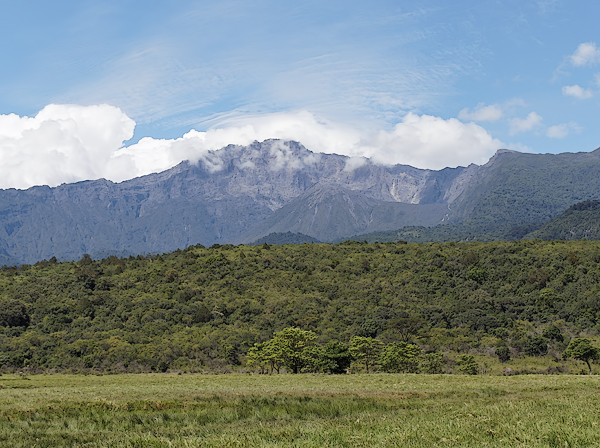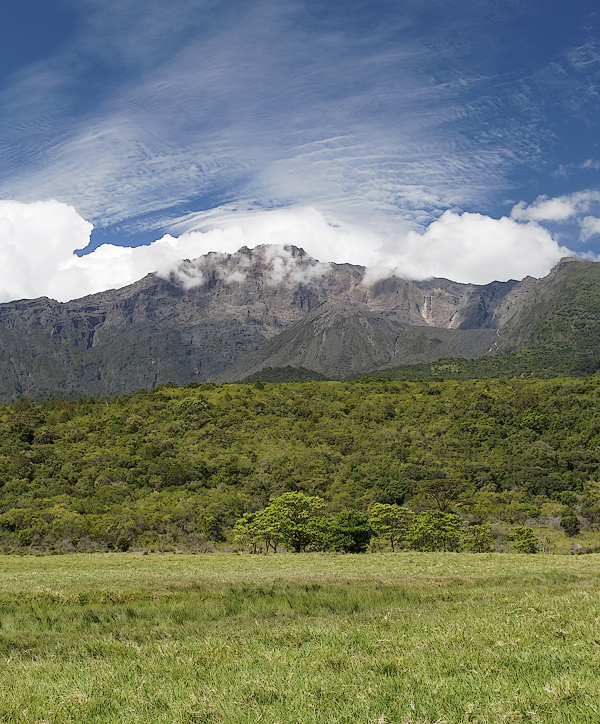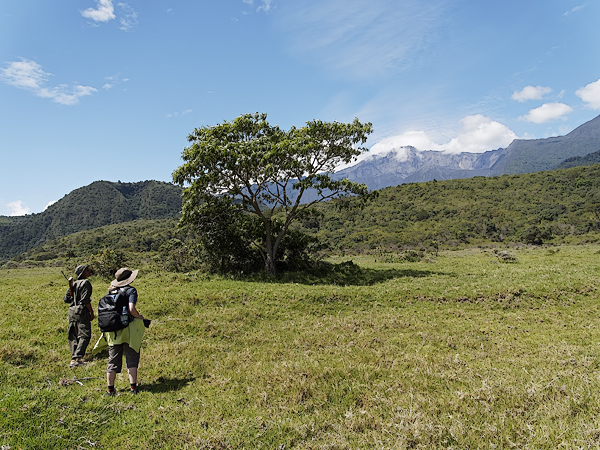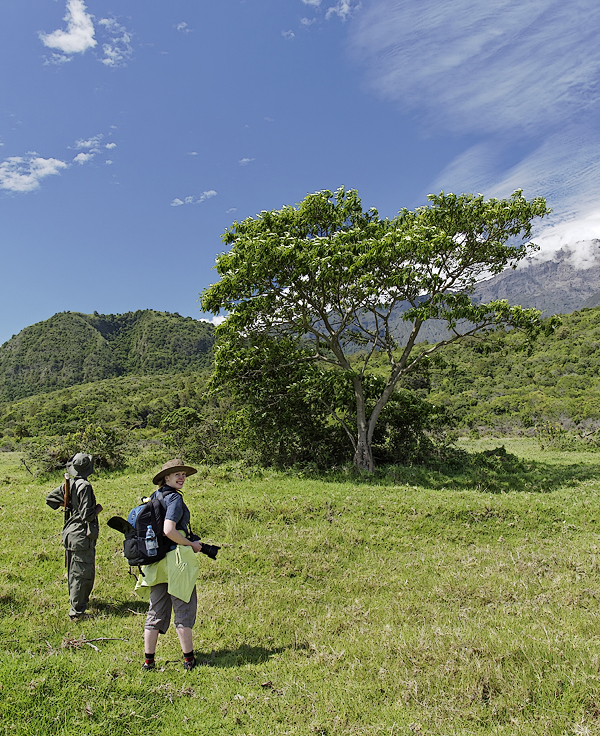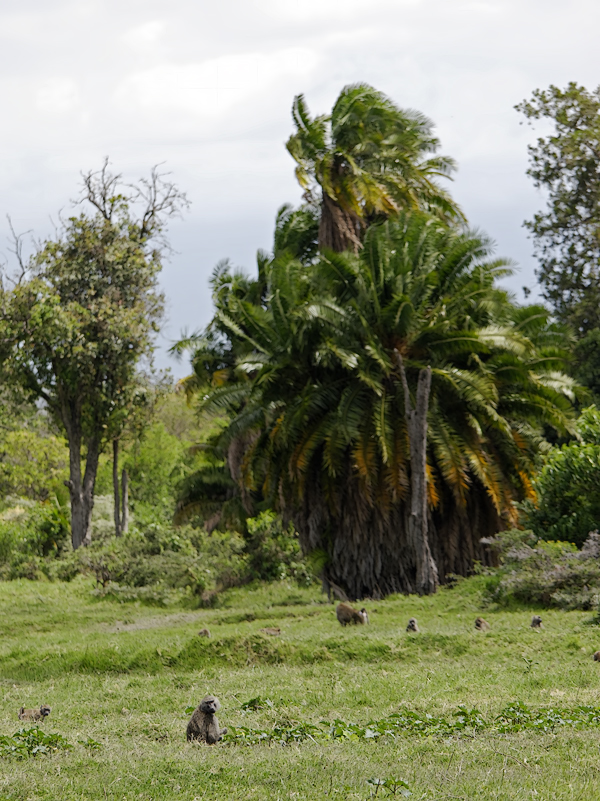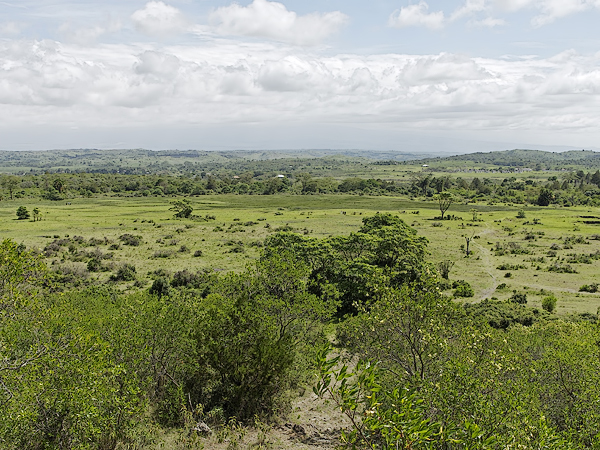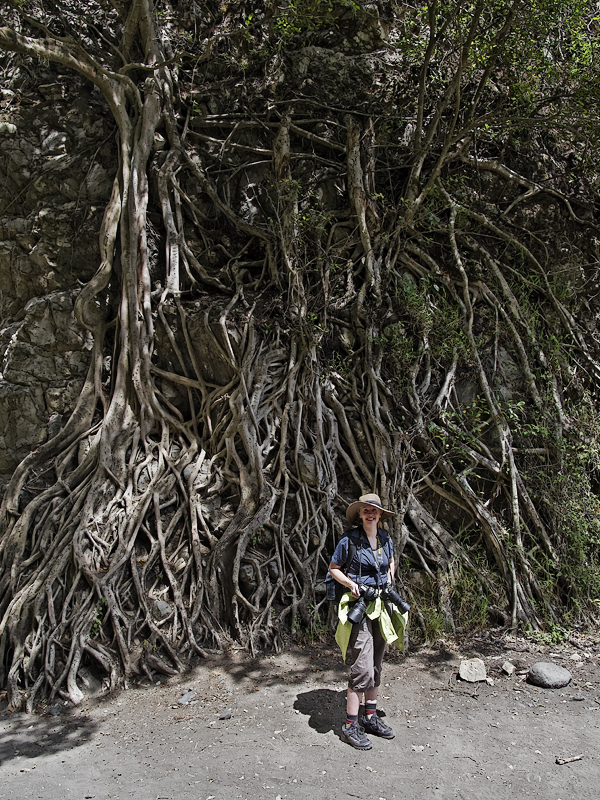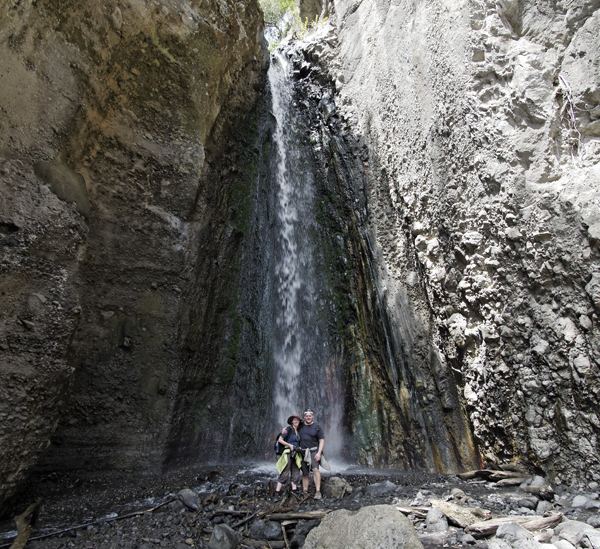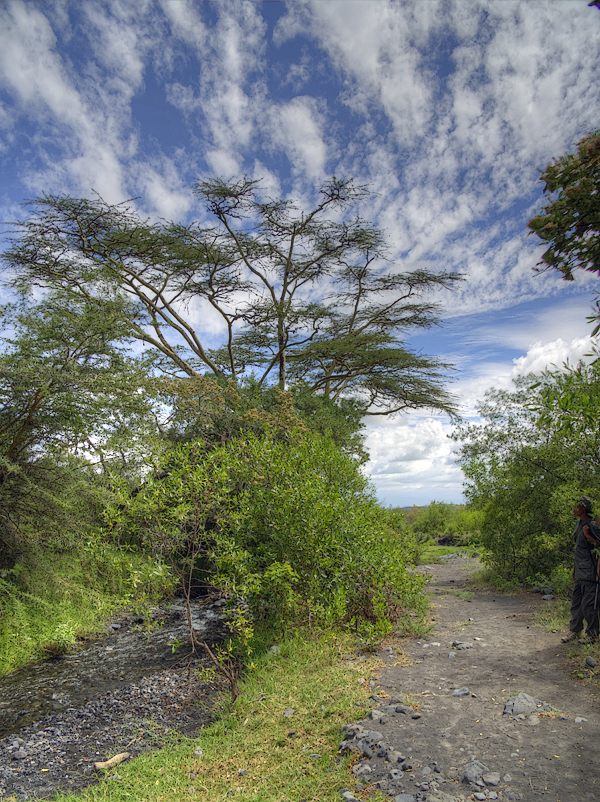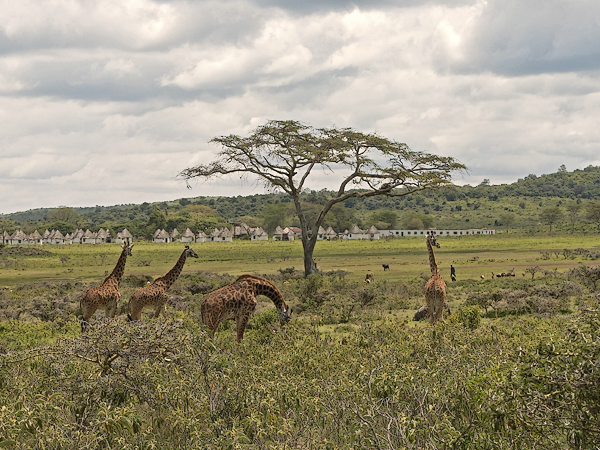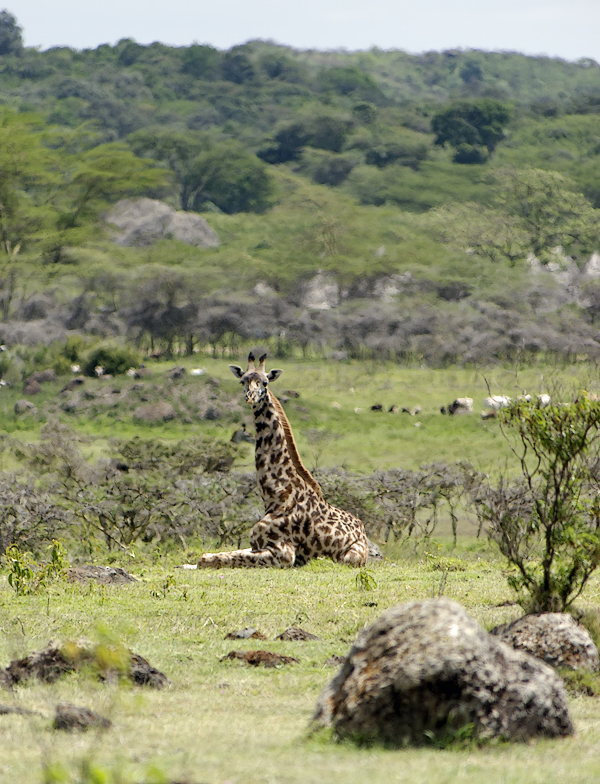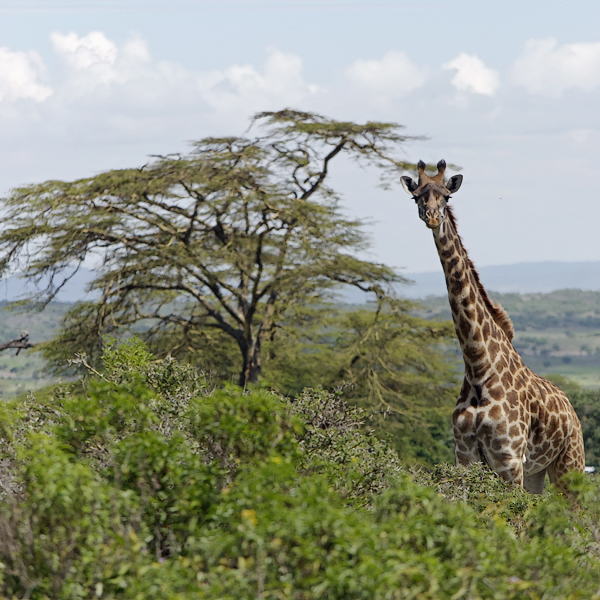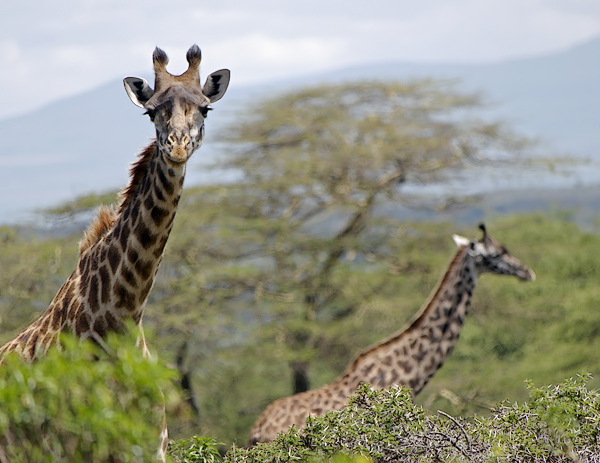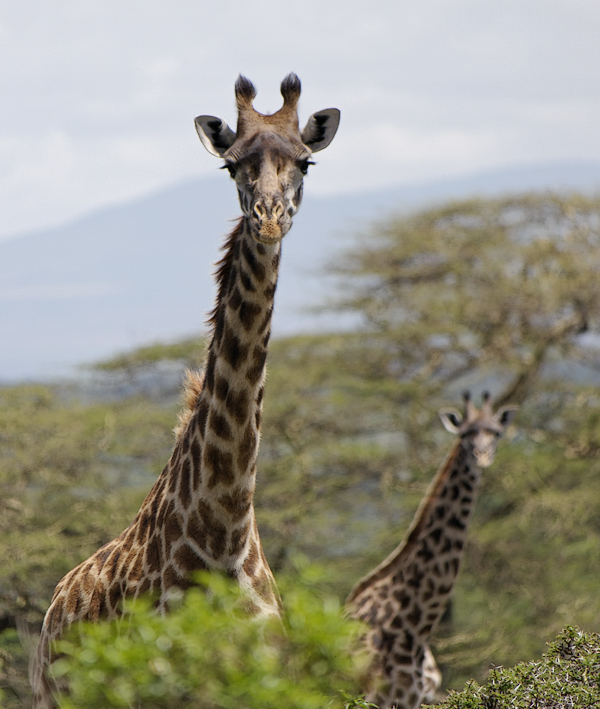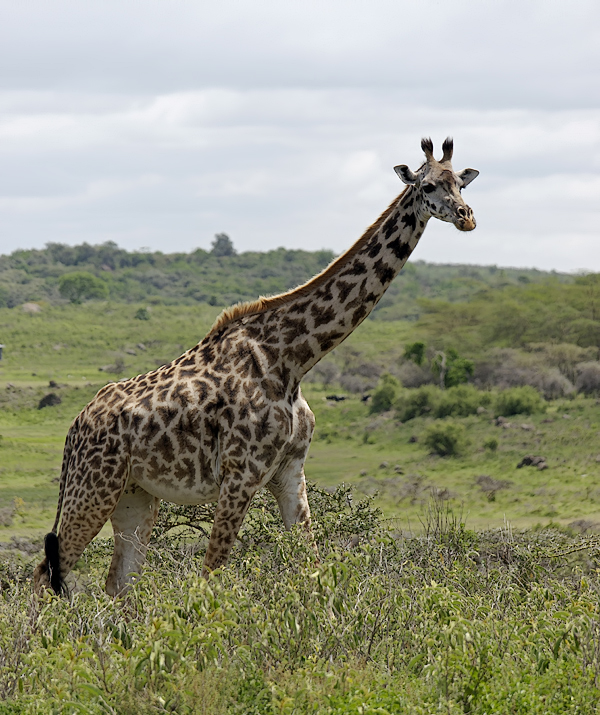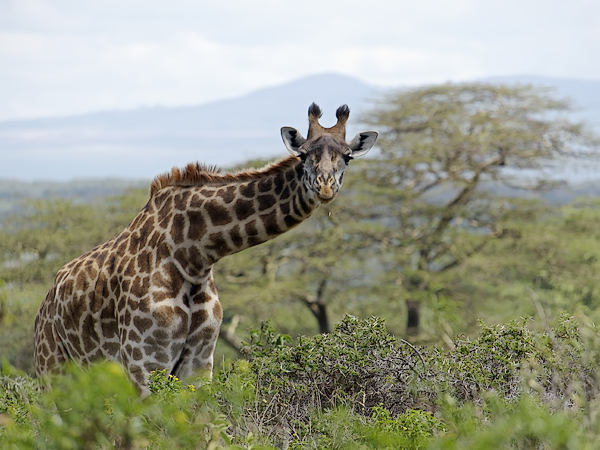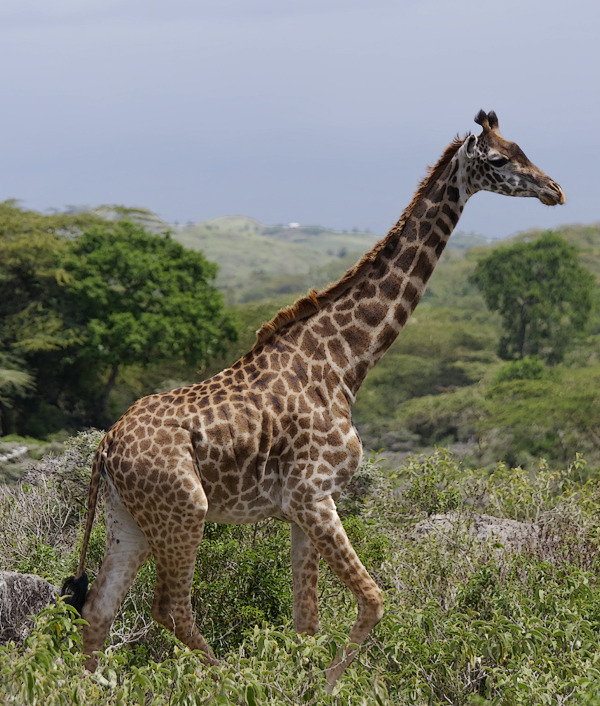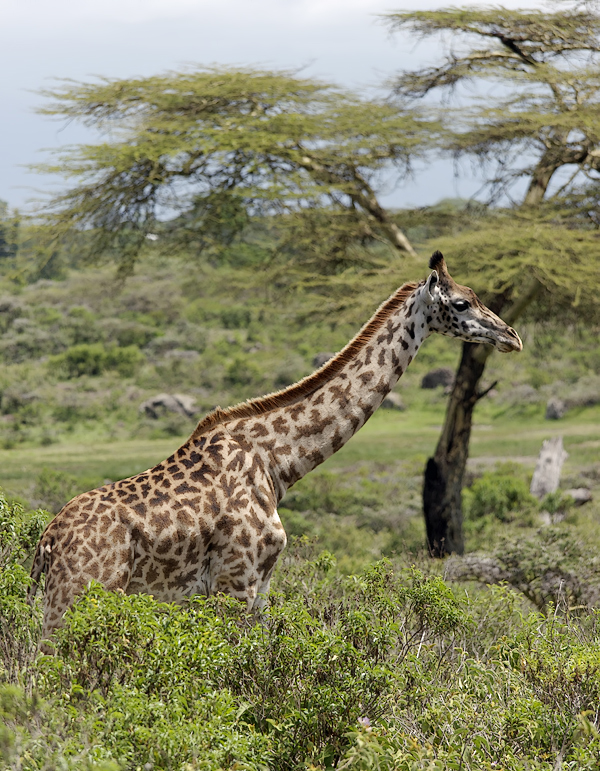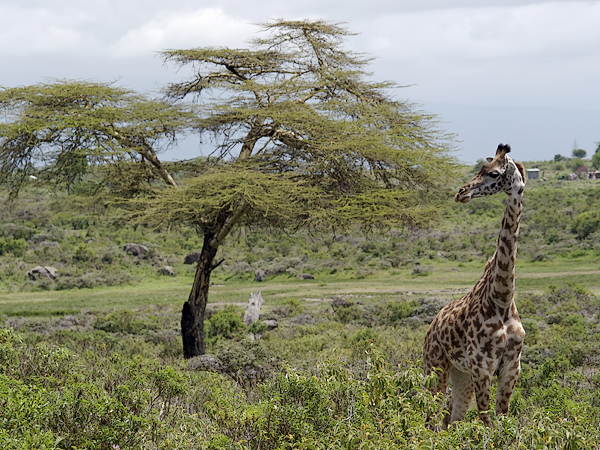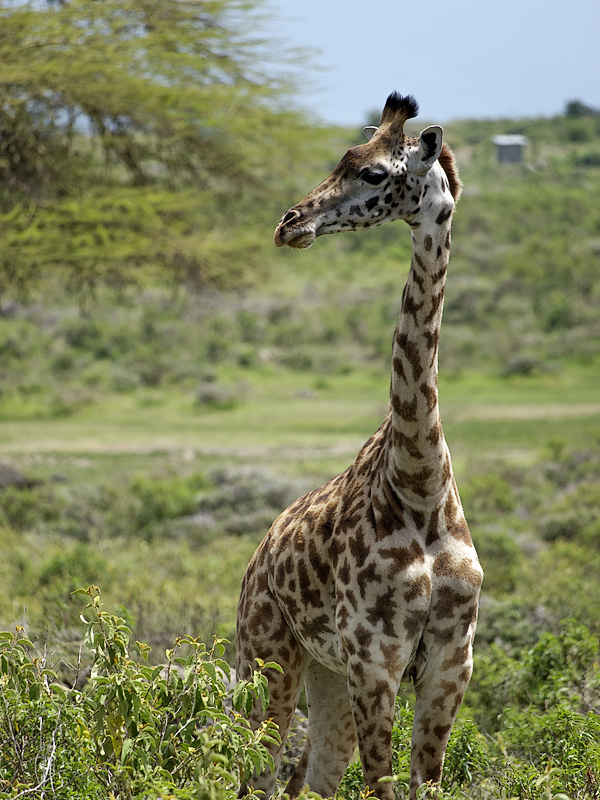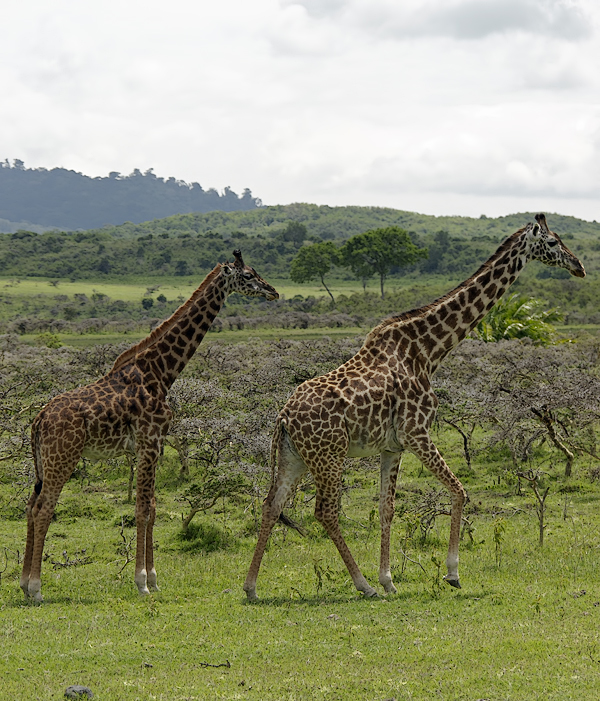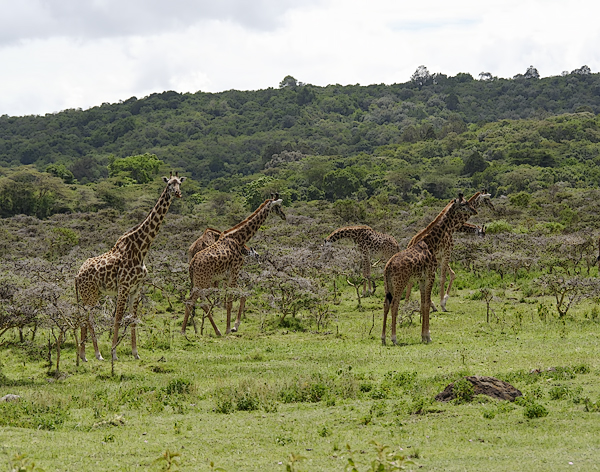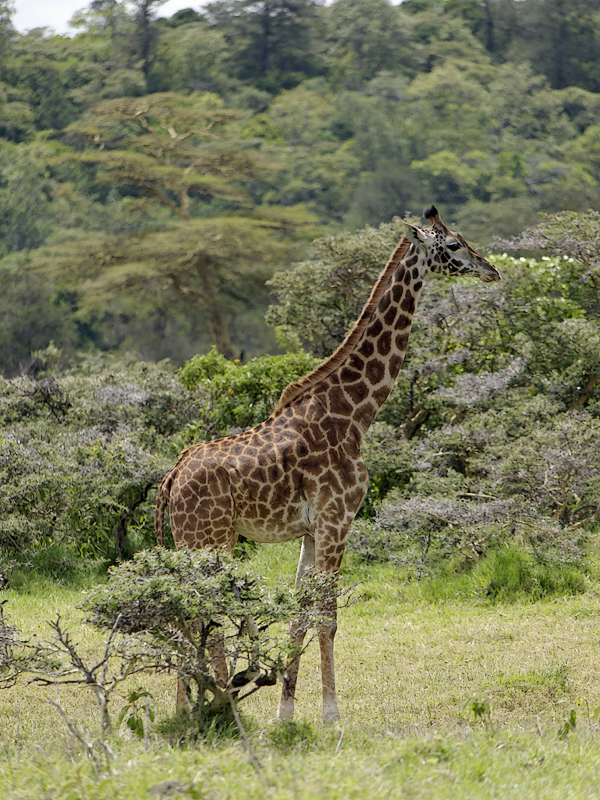Tanzania Holiday 17: Serengeti Game Drives Day 1 - Morning
 Friday, April 25, 2014 at 18:34
Friday, April 25, 2014 at 18:34 So we arrived finally at the core of the "safari" experience -- two full days of game drives in the Serengeti. We would depart around 08:00, stop an hour for lunch somewhere, and return to camp around 18:00.
Unfortunately, we didn't ask our guide Prim where exactly we were going and can't give a "map" of our routes like our other posts... we were too busy taking photos. But we do know that we stayed in the area of the Moru Kopjes:
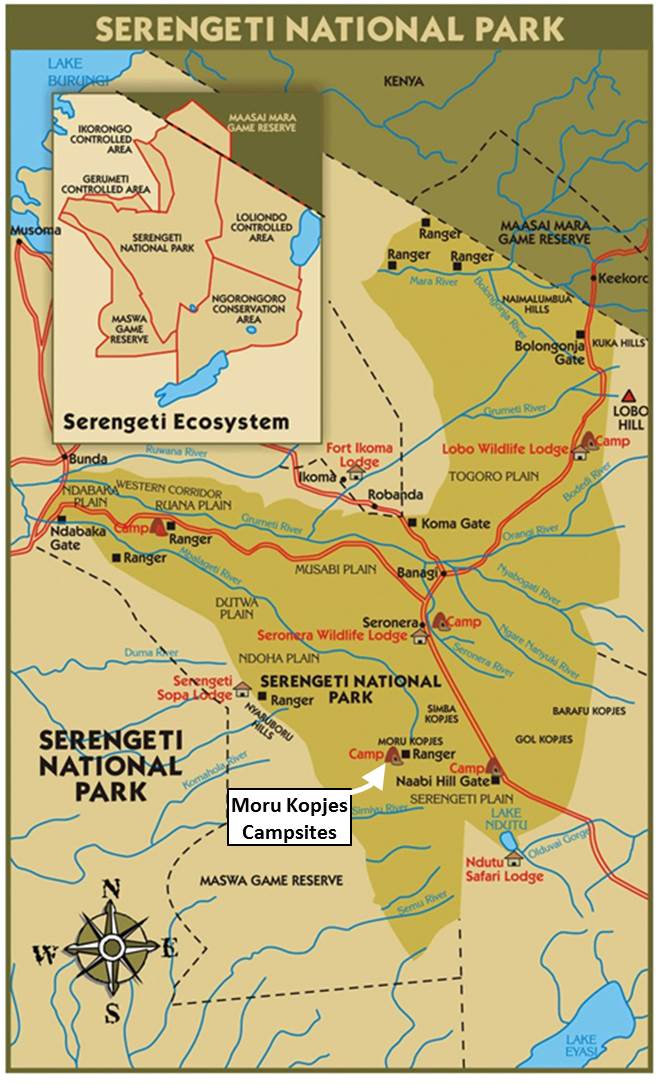 Source: www.tanzaniawildlifesafaris.com
Source: www.tanzaniawildlifesafaris.com
At the time of morning we departed, it was a bit foggy - the clouds low on the hills:
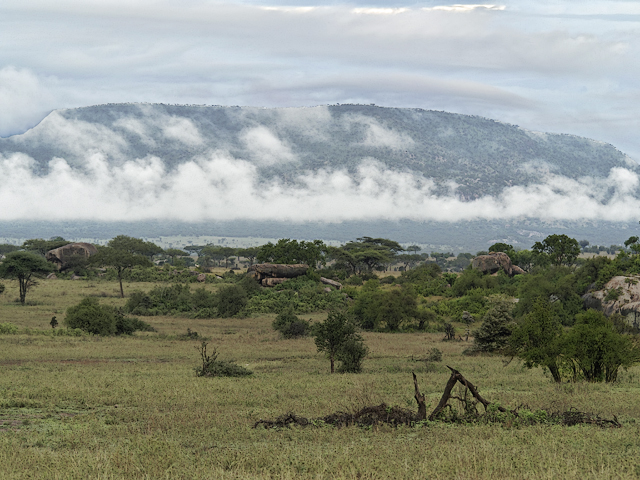
The water buffalo had already started grazing, but most animals are pretty quiet and inactive.
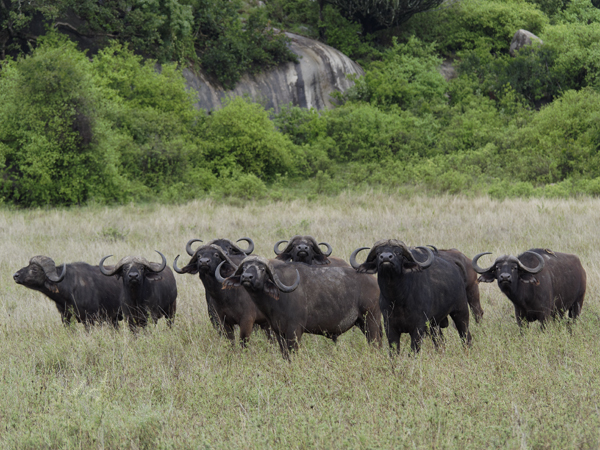
As we drove by kopjes closer to the road, we spotted hyrax (rock hyrax, we think). It was a little cool in the morning, so they were huddled together on one of the rocks. Interesting facts: they are found only in Africa, and they are the elephant's closest living relative in the animal kingdom! (no, they're not rodents!)
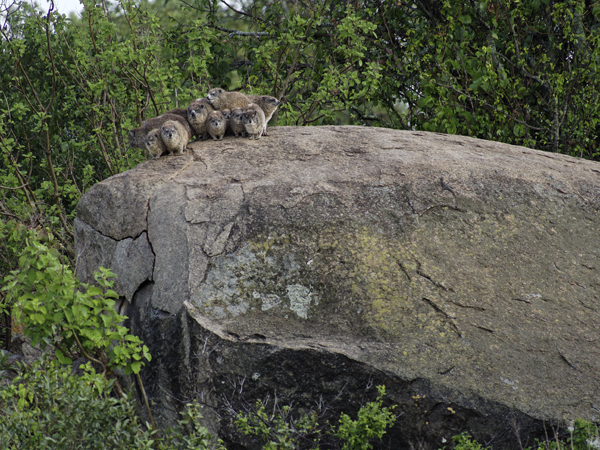
Here is a closer crop to see the hyrax (a bit blurry, unfortunately):
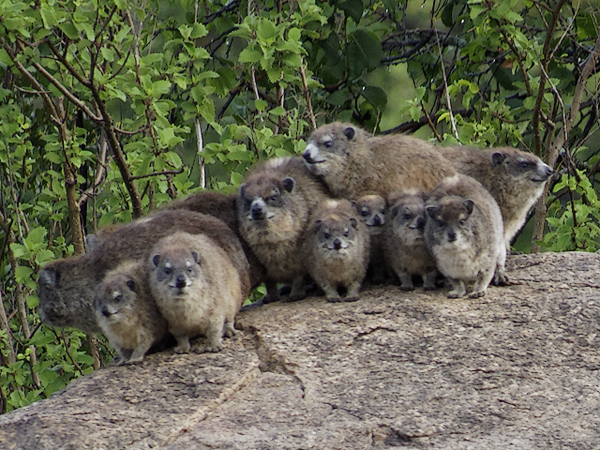
When we got closer, they ran for cover:
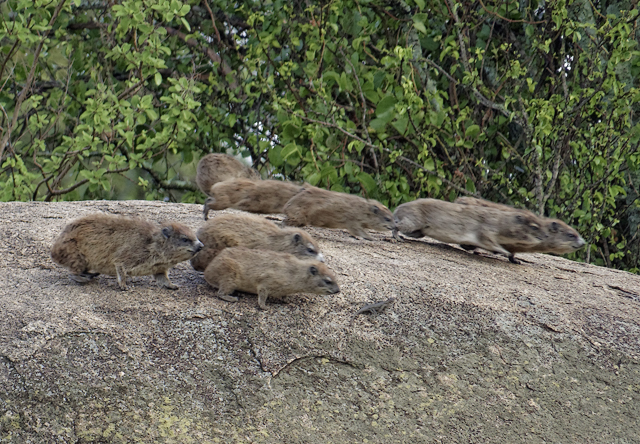
Prim next spotted a lion high up on the next kopjes -- making for a nice first hour on the game drive!
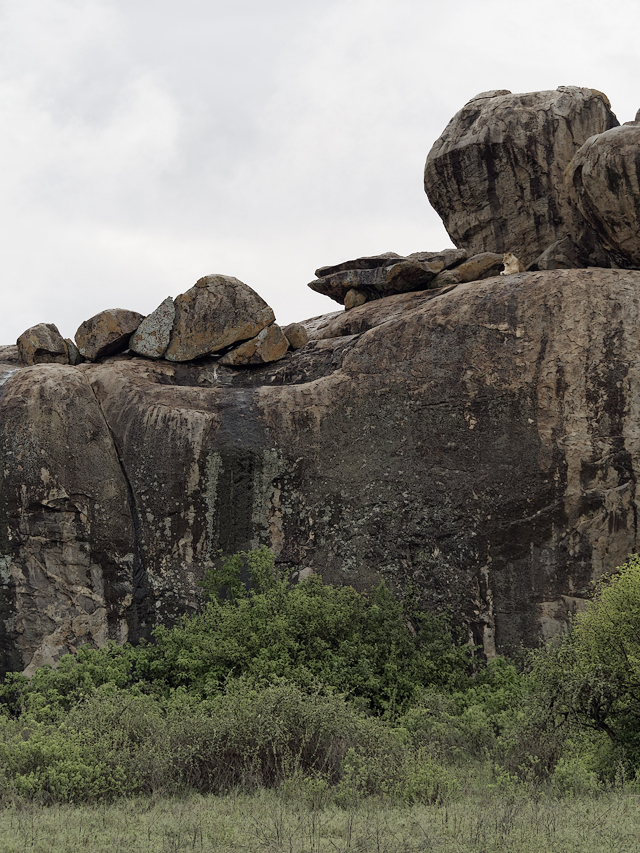
Obviously "she" is just relaxing. They like to be elevated because there are fewer insects up there to bug them:
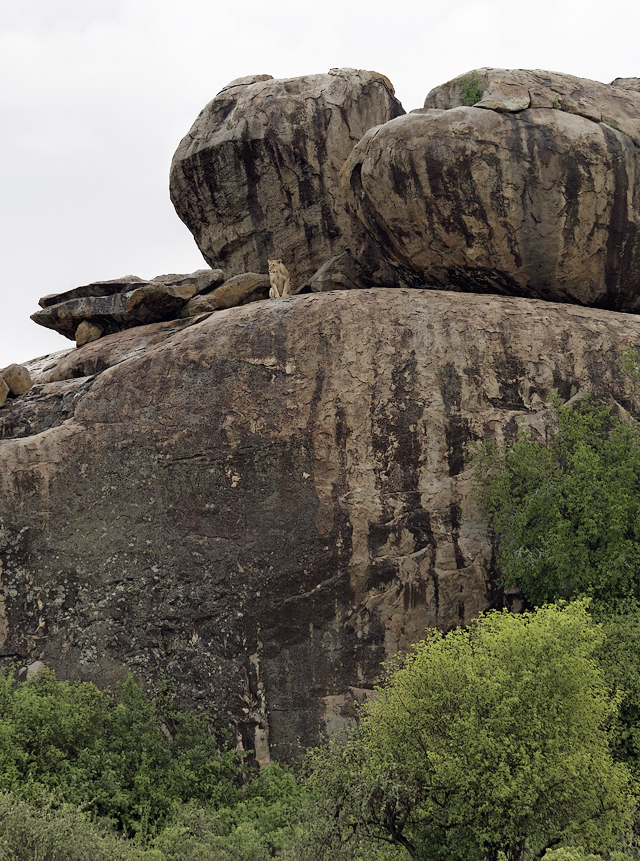
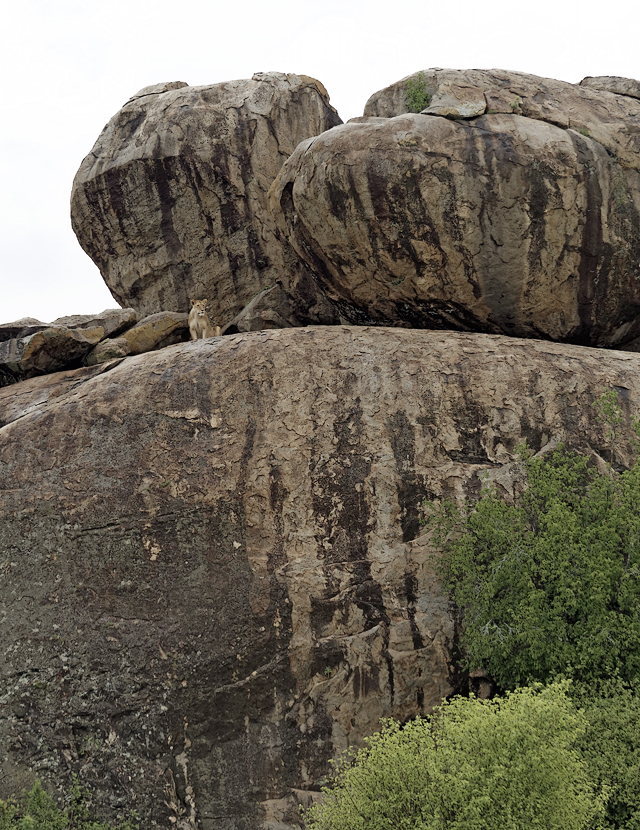
She was still quite far away, even with the 600mm (full frame equivalent) lens on the camera:
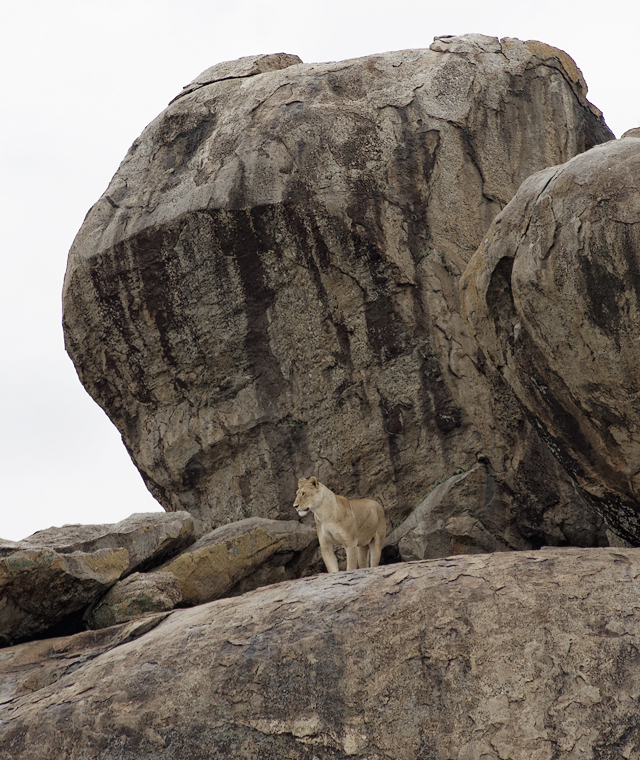
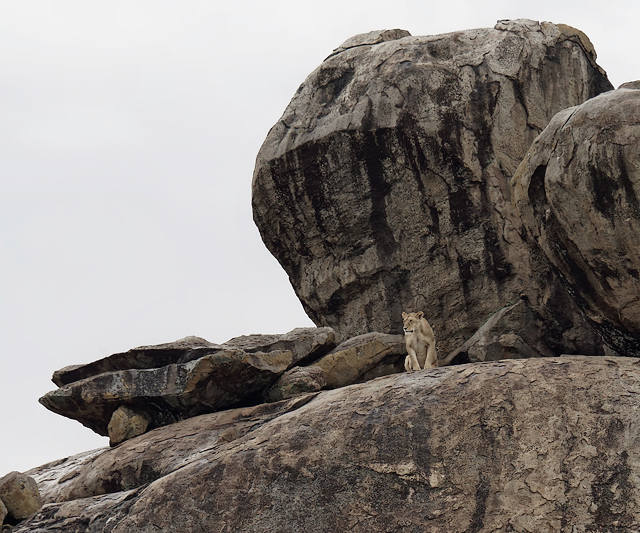
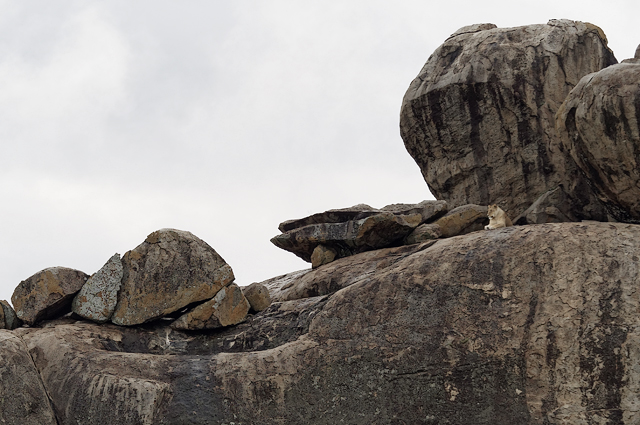
We wanted to drive closer, and get a different angle on the lion. In this brief break, we shot more buffalo:
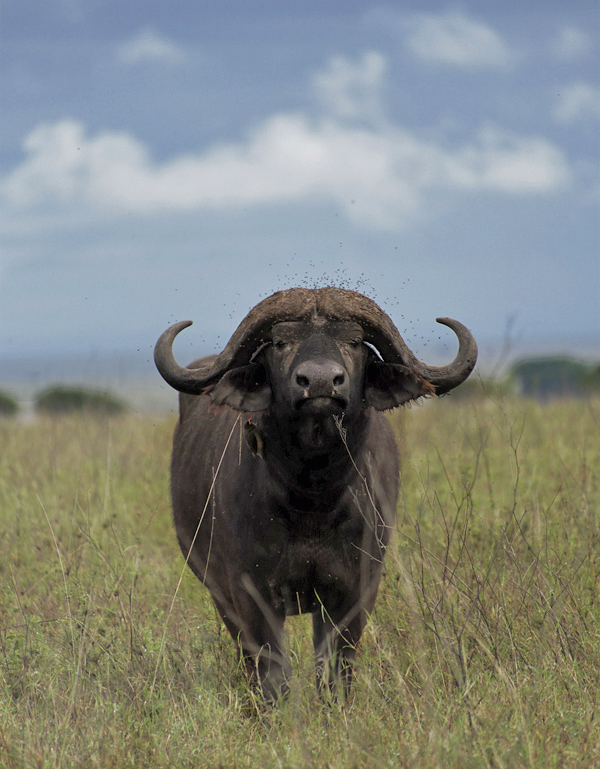
The buffalo were standng so still, that we bracketed shots to see what they look like tonemapped:
 Note: above photo was bracketed and HDR/tonemapped using Photomatix
Note: above photo was bracketed and HDR/tonemapped using Photomatix
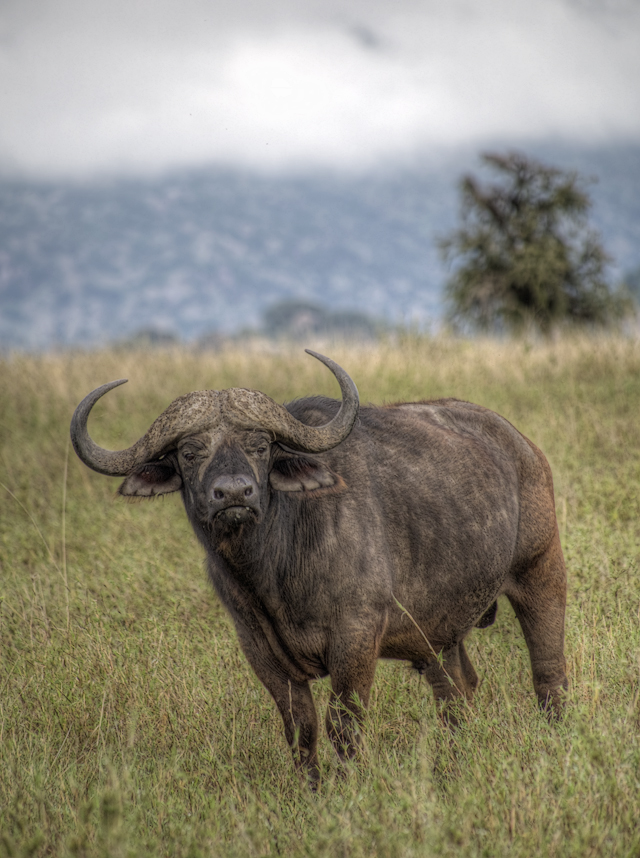 Note: above photo was bracketed and HDR/tonemapped using Photomatix
Note: above photo was bracketed and HDR/tonemapped using Photomatix
We think this is a cattle egret that was perched on one of the buffalo:
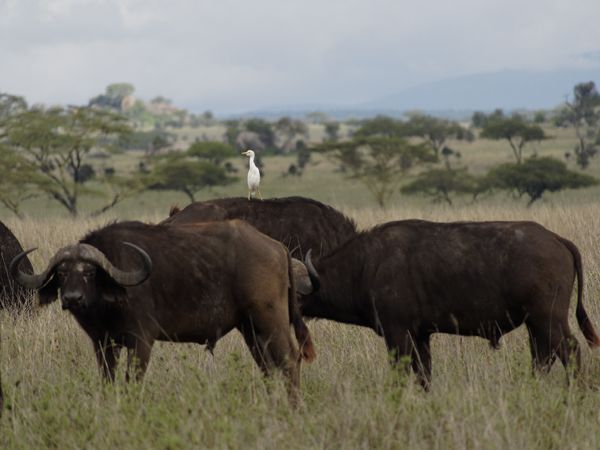
Back to the lion... still just hanging out, so a few more photos before driving on:
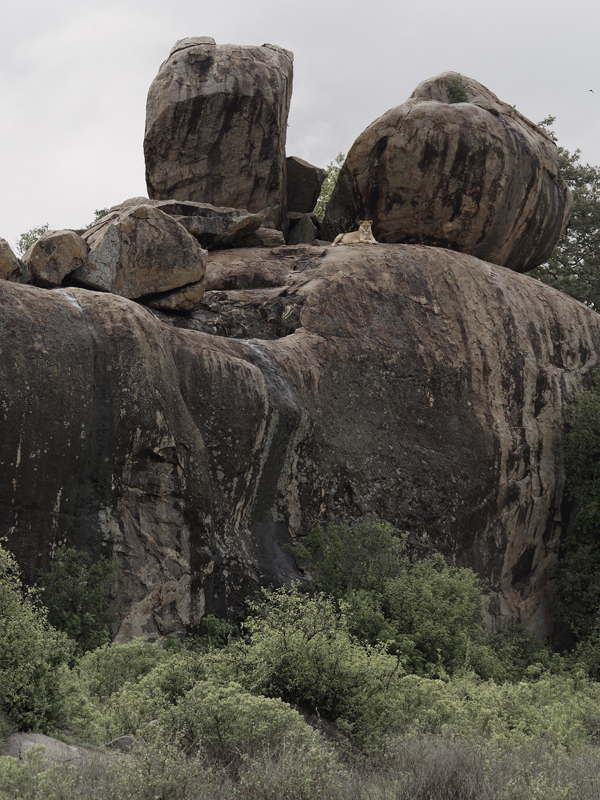
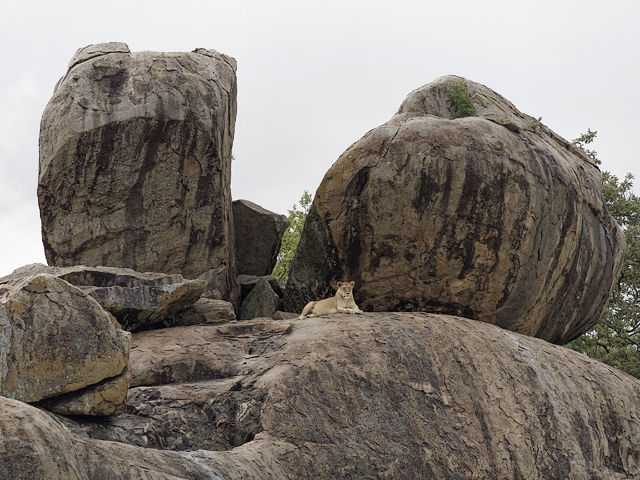
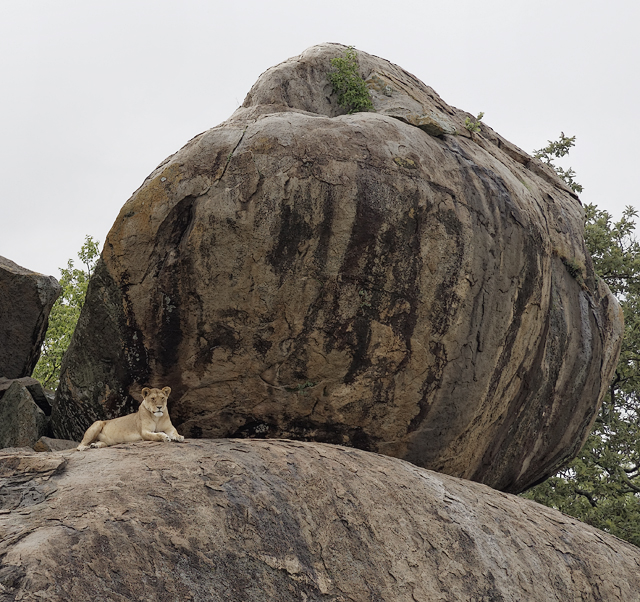
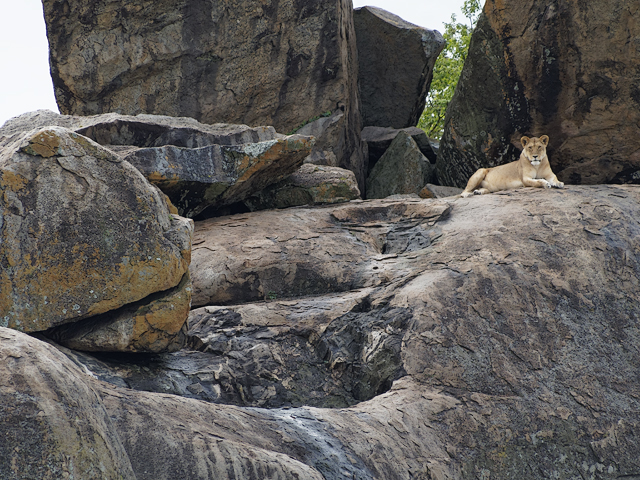
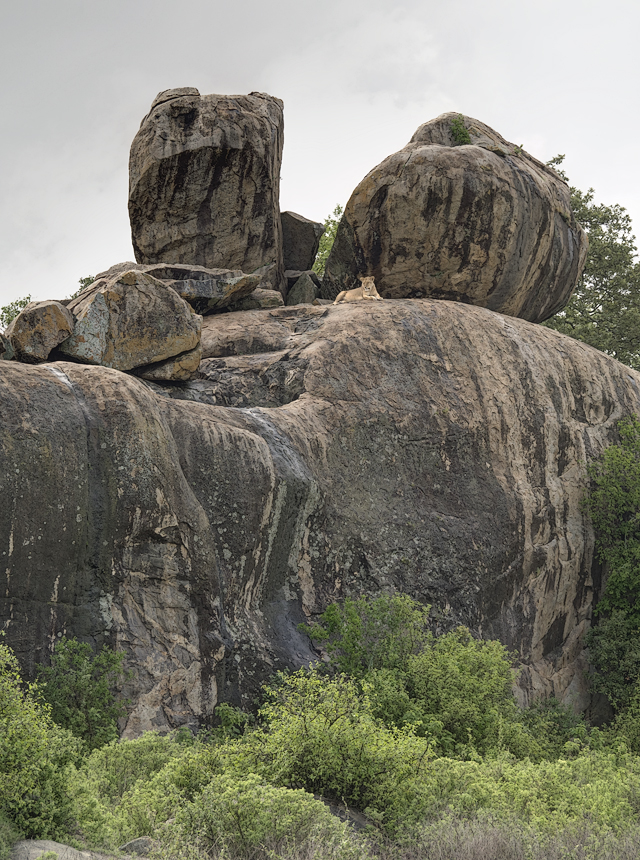
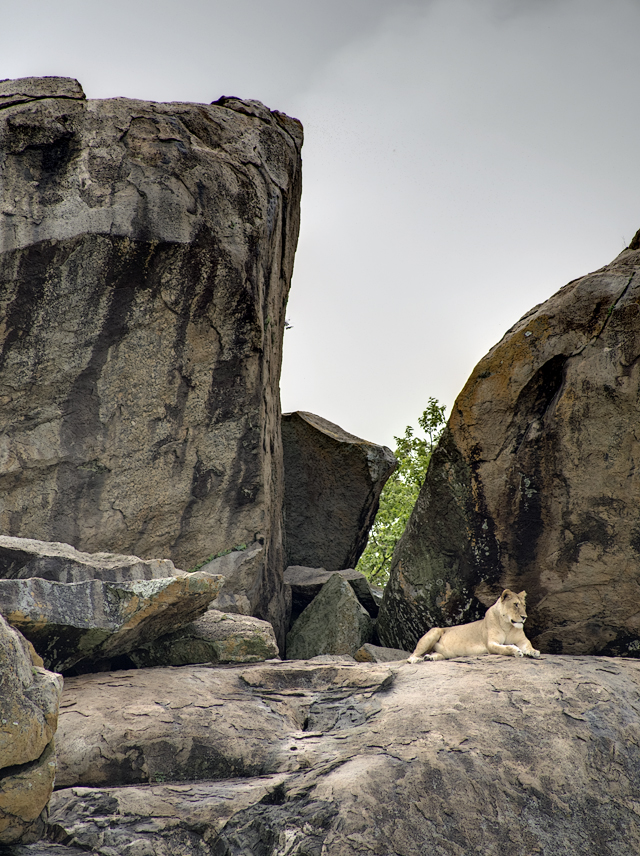
We spotted some baboons working their way through the taller grass...
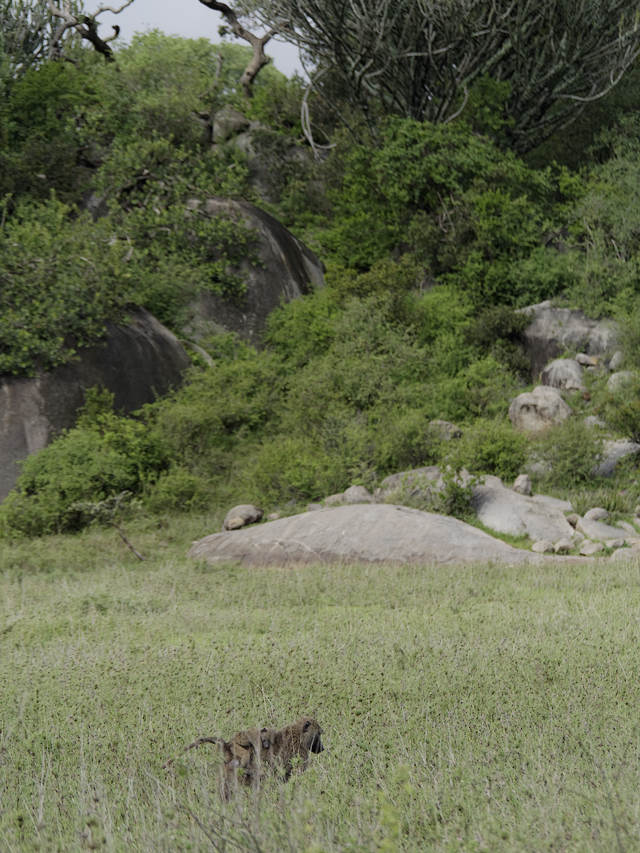
... this one was carrying a baby:
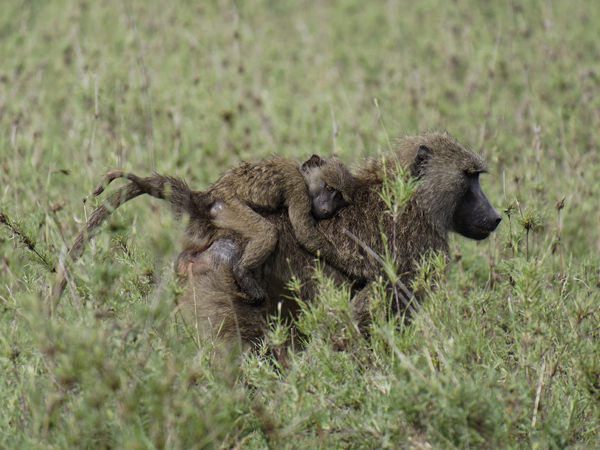
We did have one destination this morning, aside from "looking for animals". On one of the Moru Kopjes, Masai rock paintings can be found.
The Masai used this land for their cattle, but were forced to leave once the Serengeti National Park was created (1951). We were interested to see remnants of their life here.
This is what the kopje looked like from the jeep:
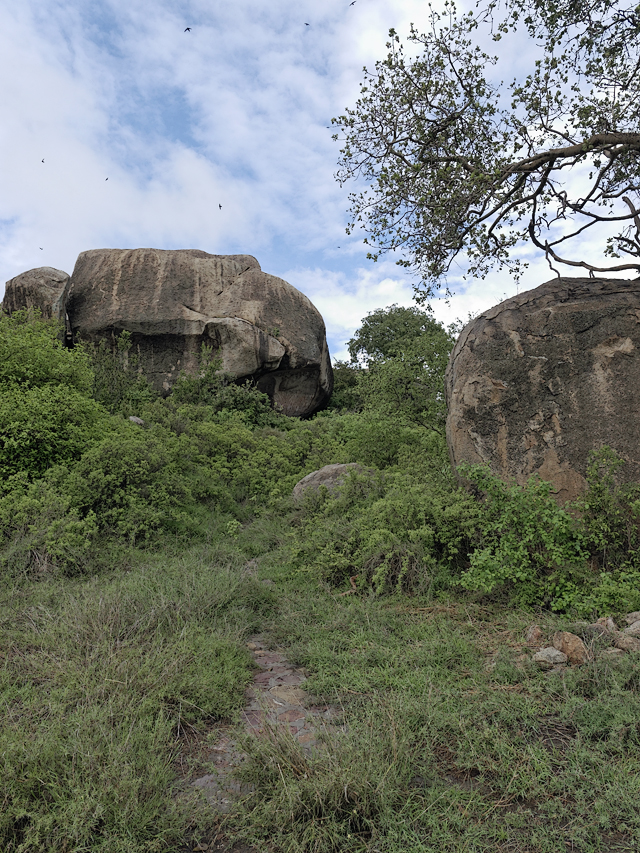
We first climbed some stairs...
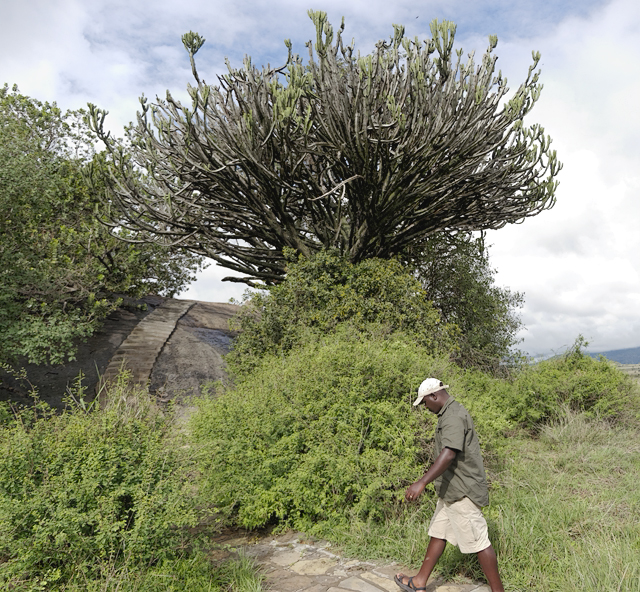
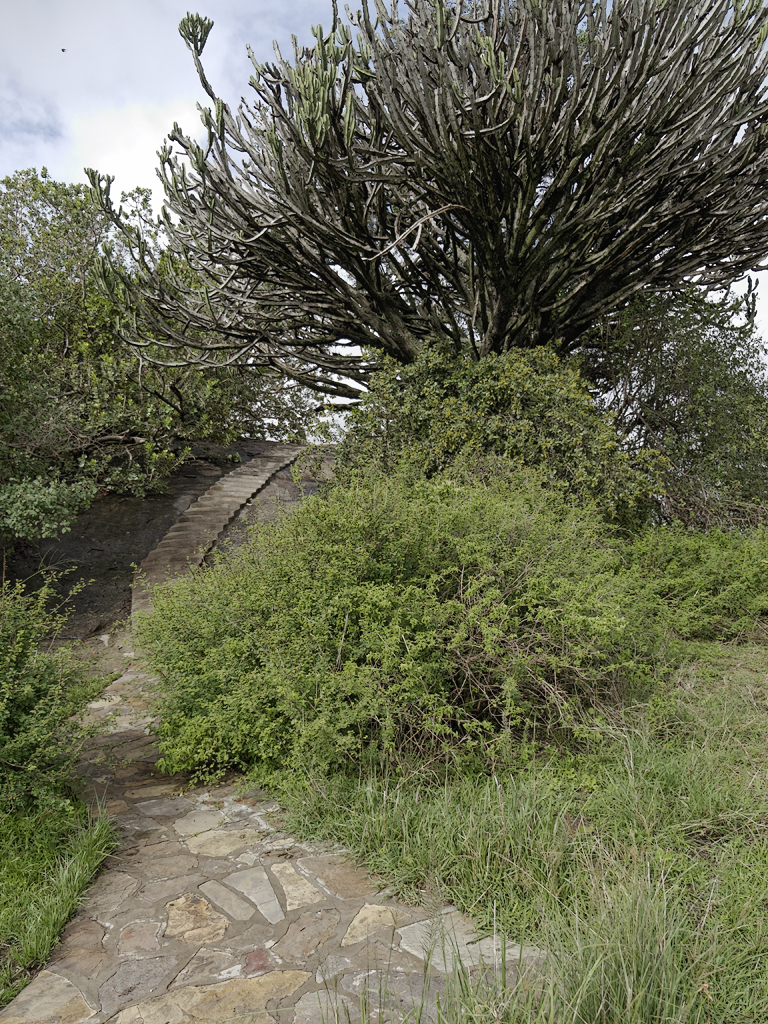
... and then wound our way through a path in the brush. (Out guide Prim is there on the right side.)
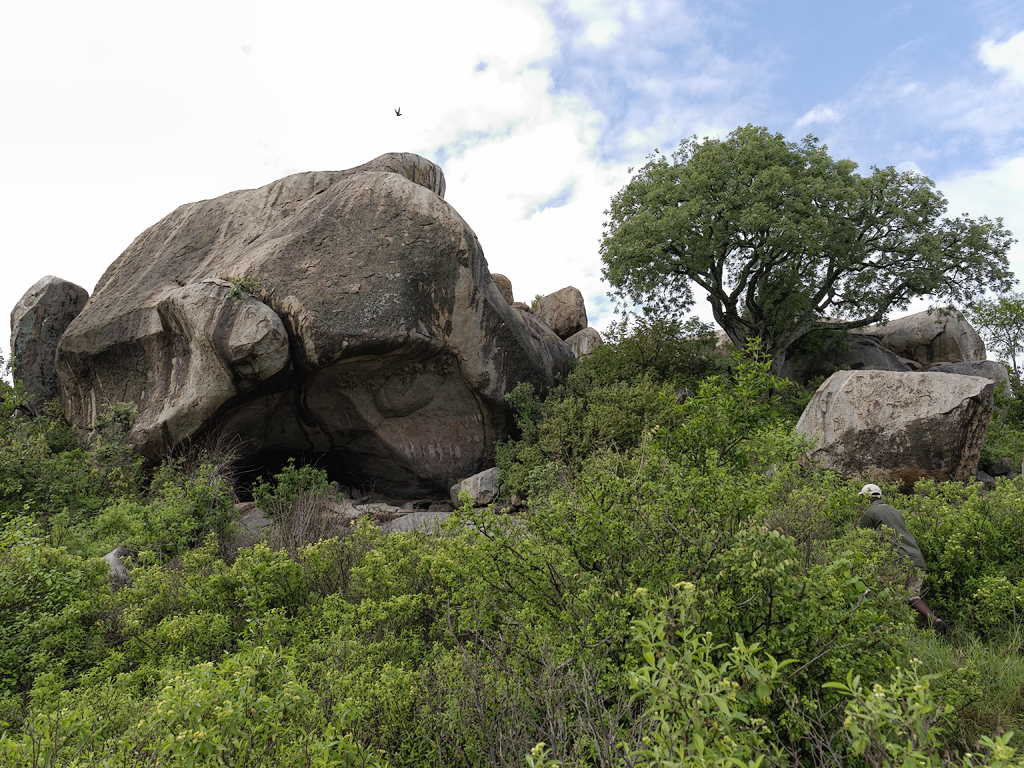
To get a perspective of scale, this is Prim at the rock paintings, the photo taken from the path:
These are not ancient drawings - there appears to be a man on a bicycle (in orange). The repeated pattern seems to represent their shields. What makes this special is that it is authentic - not a tourist stop.
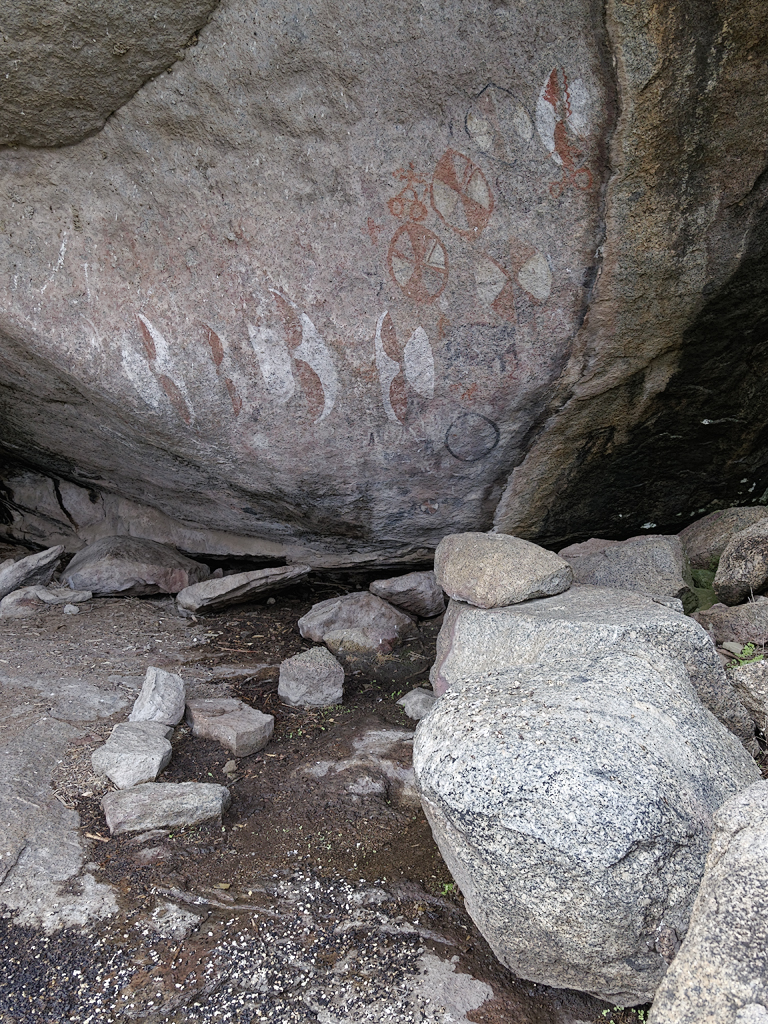
Here is the view from the crevice under the rock, looking over the Serengeti plain:
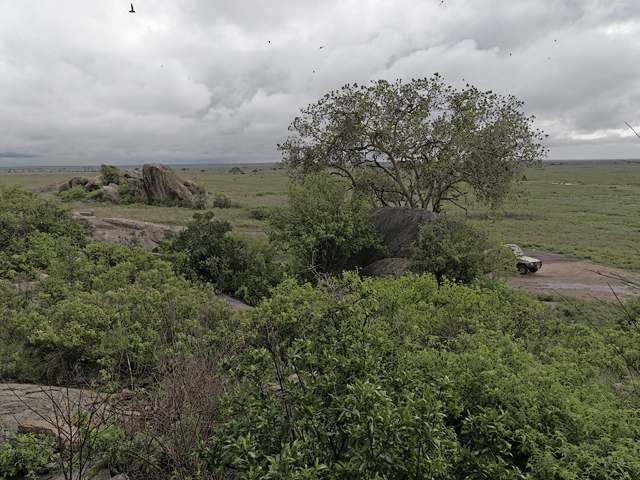
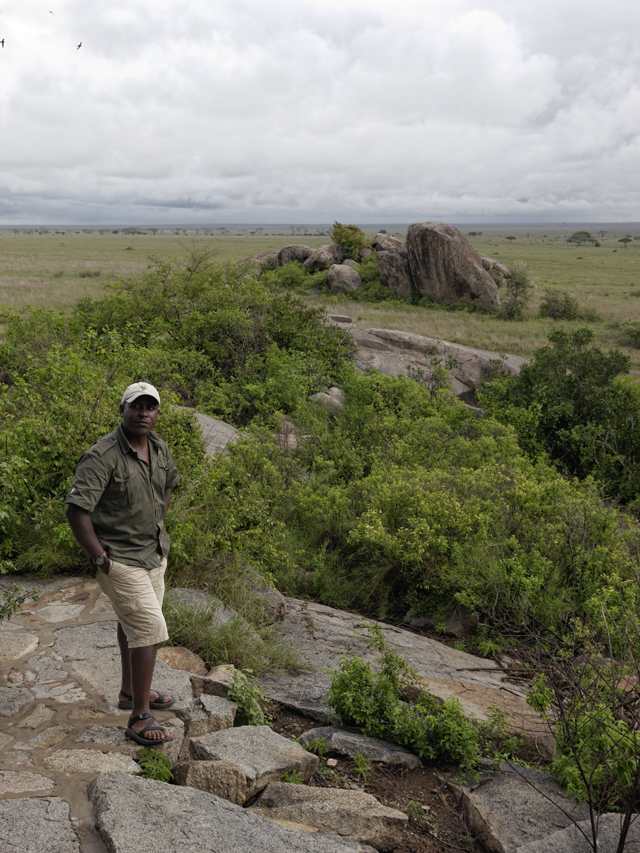
From here you can circle aroung the large boulder, and on to the massive rock foundation (with another boulder perched on top). Frau A and Prim are walking up here:
If you look carefully at the "small" rock to the right of the boulder, you see more Masai impact:
Off to the right you find the "gong rock", also called Ngong Rock. This rock has unique properties, for when it is stuck with another stone, it produces sounds (a different pitch in each indentation).
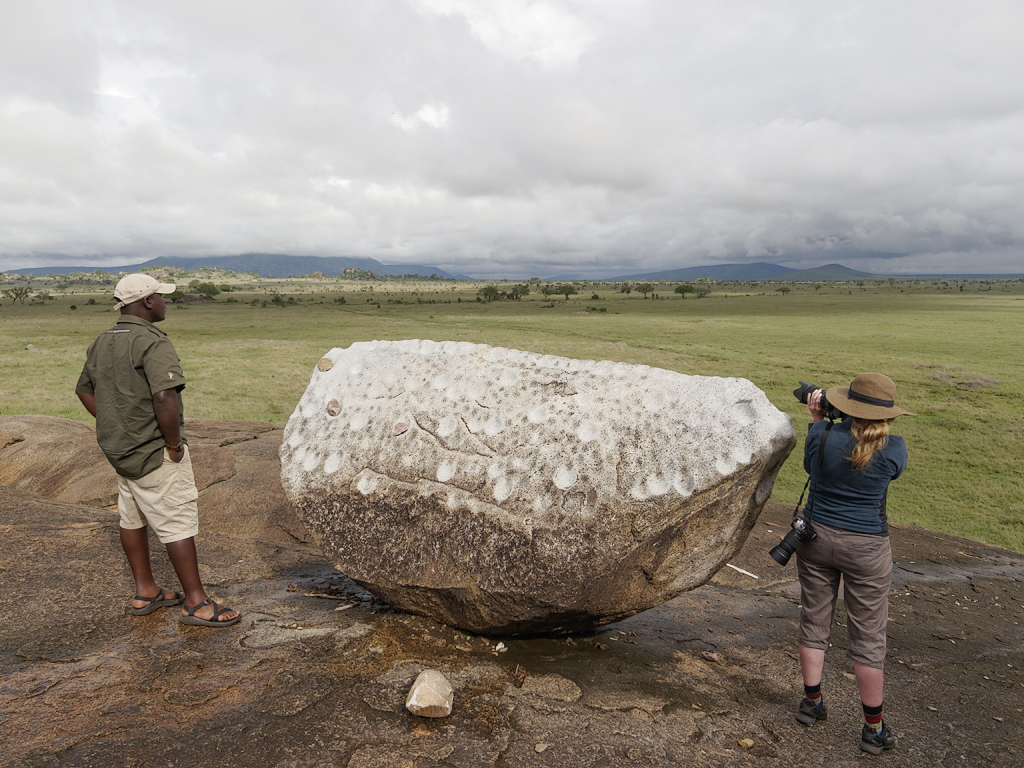
Looking closer, you see that some stones are still there, resting in indentations. We tried striking the rock, and you get an almost metallic, but dull sound. We have read different interpretations - that this was used either for communication, or music:
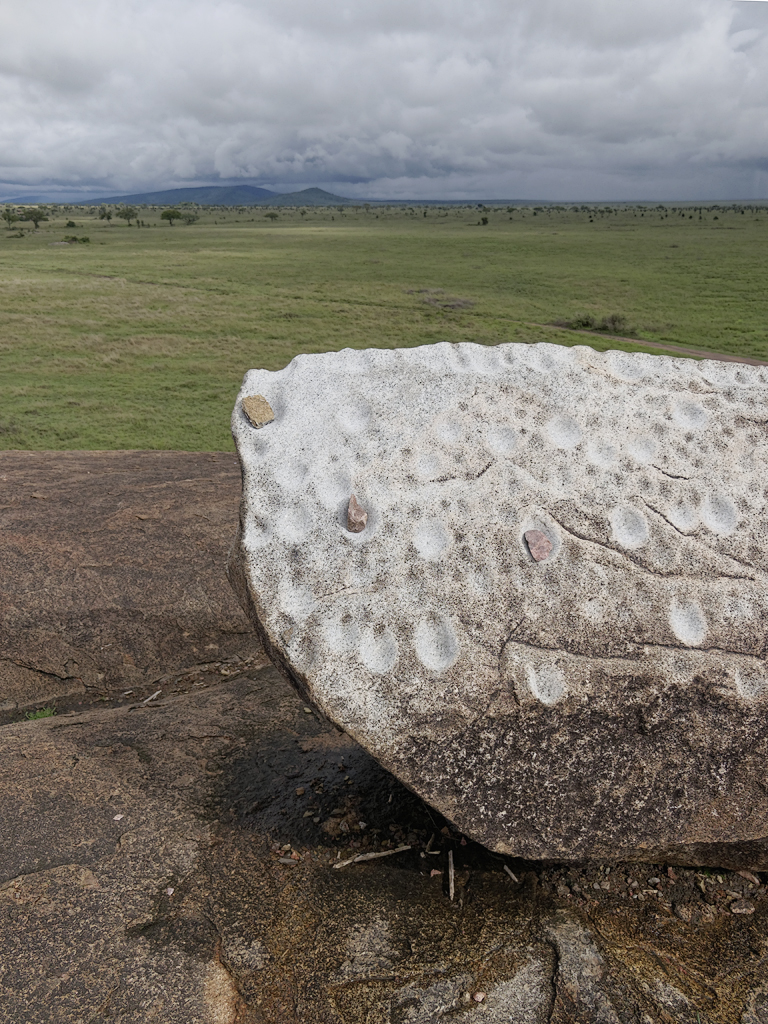
Here's a view from the other side of the kopje's top. You can see more white "dots" also inscribed by Masai. Most believe it was the young warriors that did this, before they "settled down" in a village.
Frau A and I asked Prim to take a couple photos of us:
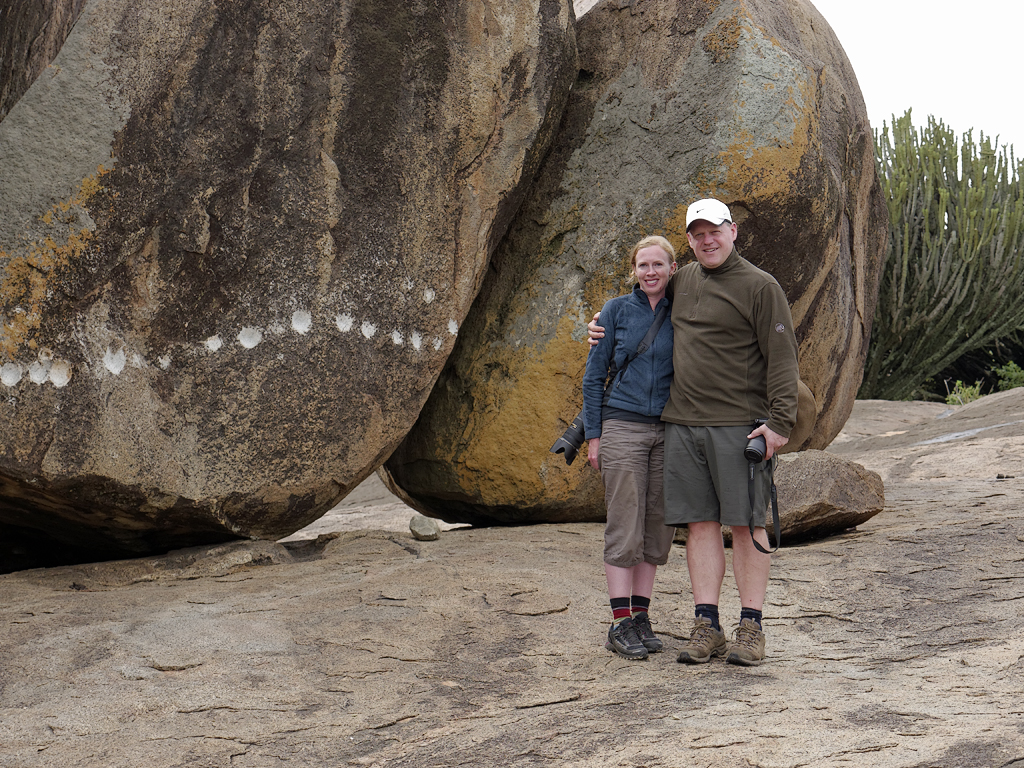
These are panoramas below - they are large files, so beware clicking on them for the full version:
Panorama #2:
Finally, a few HDR shots to try and exaggerate the textures and view:
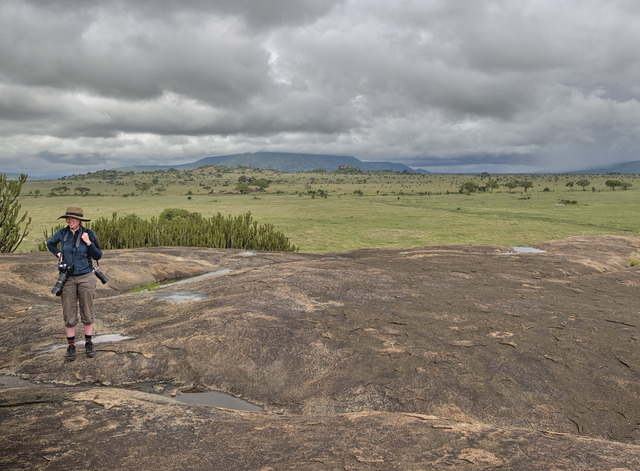 Note: above photo was bracketed and HDR/tonemapped using Photomatix
Note: above photo was bracketed and HDR/tonemapped using Photomatix
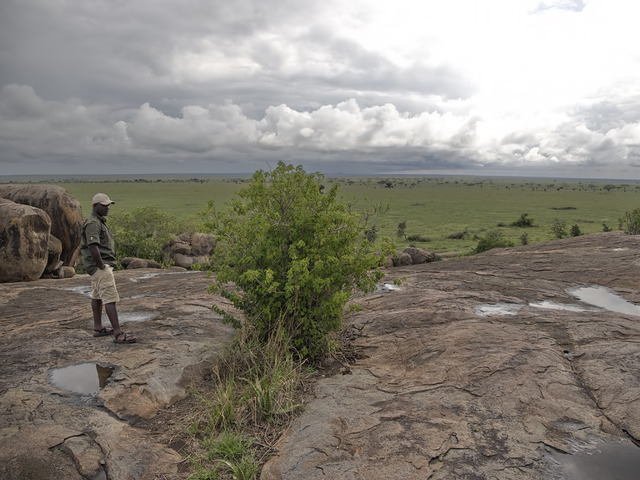 Note: above photo was bracketed and HDR/tonemapped using Photomatix
Note: above photo was bracketed and HDR/tonemapped using Photomatix
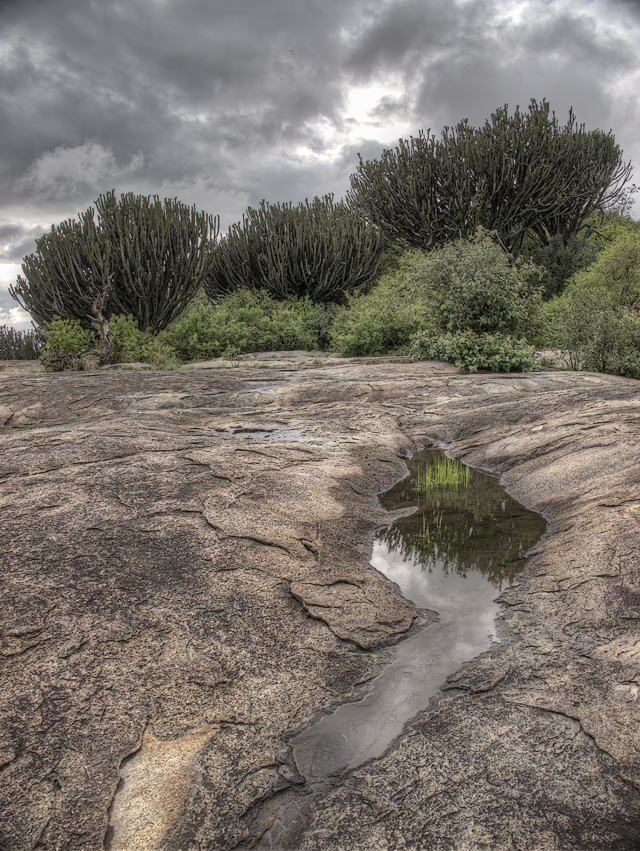 Note: above photo was bracketed and HDR/tonemapped using Photomatix
Note: above photo was bracketed and HDR/tonemapped using Photomatix
We finally headed back down the path and steps to the jeep, to continue on the game drive:
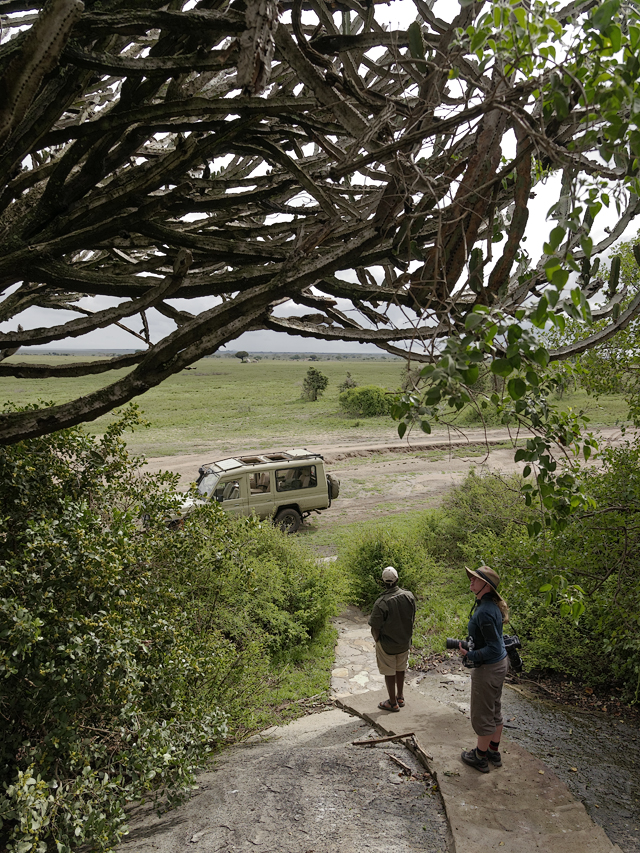
The only residents that bade us farewell were the agama lizards:
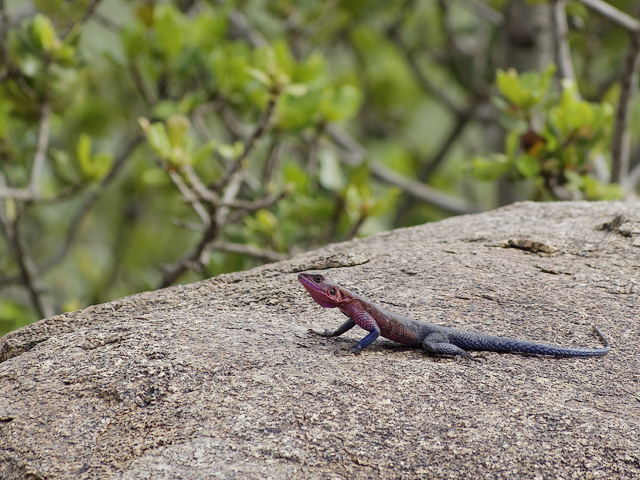
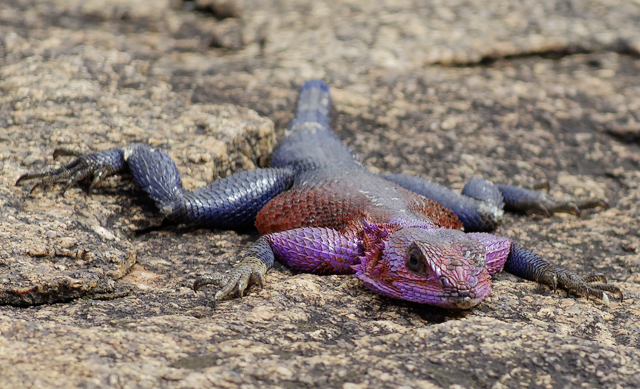
We drove on for a while, stopping next at a small lake. Flamingos were the dominant animal here:
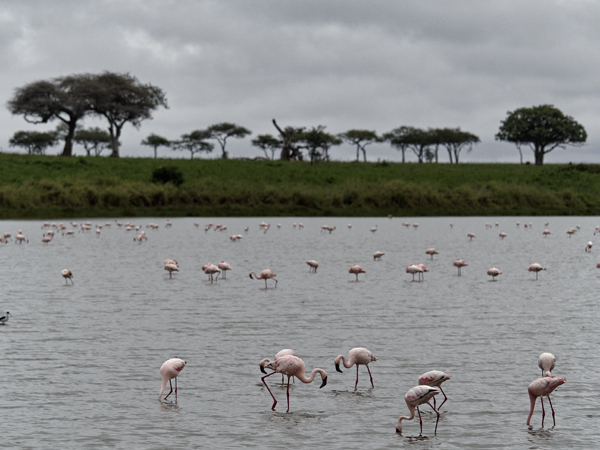
There were not-so-subtle reminders of other wildlife - here lies an elephant skull:
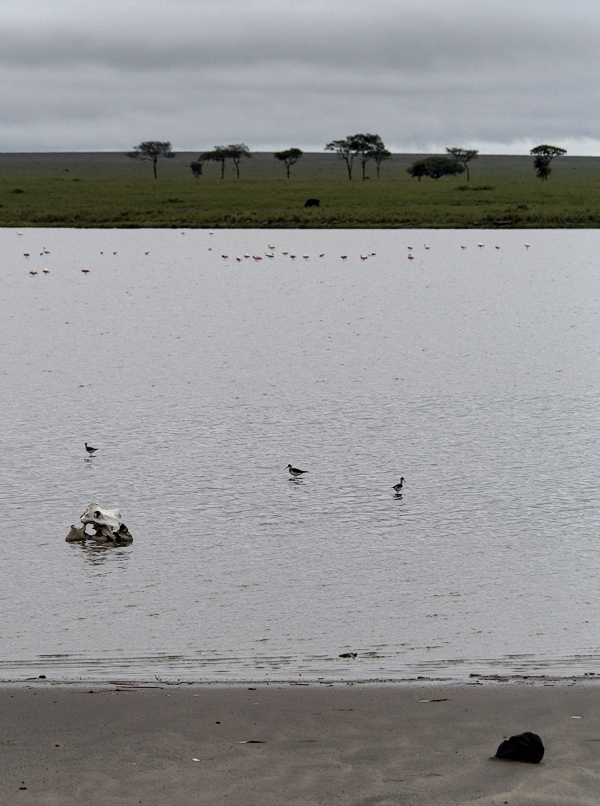
Other neighbors of the flamingo included the black-winged stilt:
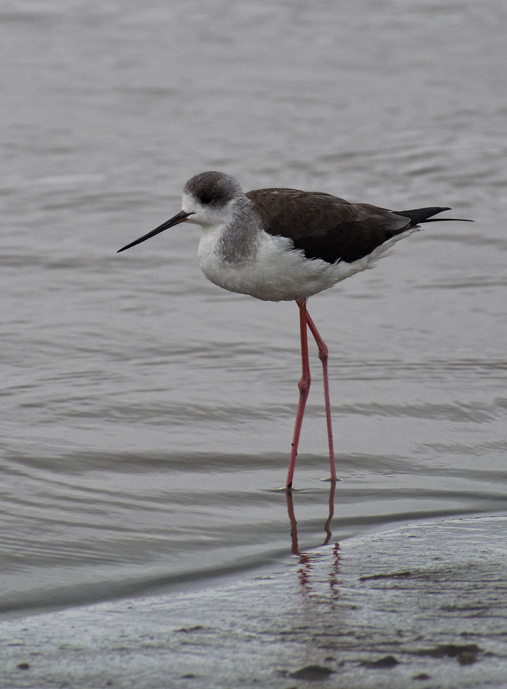
A duck also called this water home:
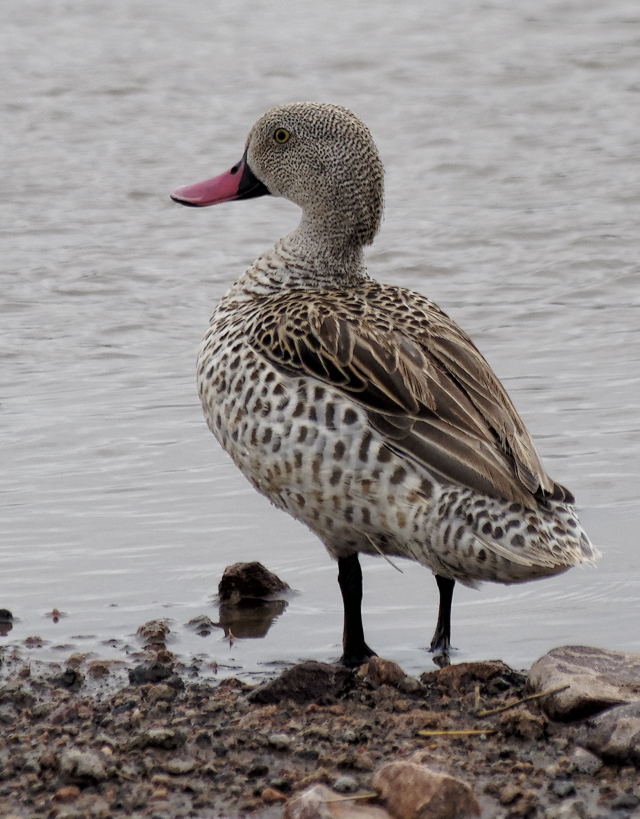
Here, an artistic/HDR view of the wetland:
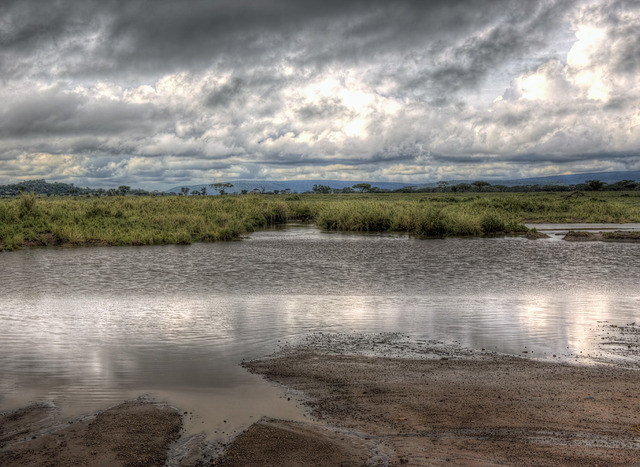 Note: above photo was bracketed and HDR/tonemapped using Photomatix
Note: above photo was bracketed and HDR/tonemapped using Photomatix
From here Prim drive us back to the woods and plains:
Prim has incredible eyes for spotting animals: he found a bearded woodpecker (female)...
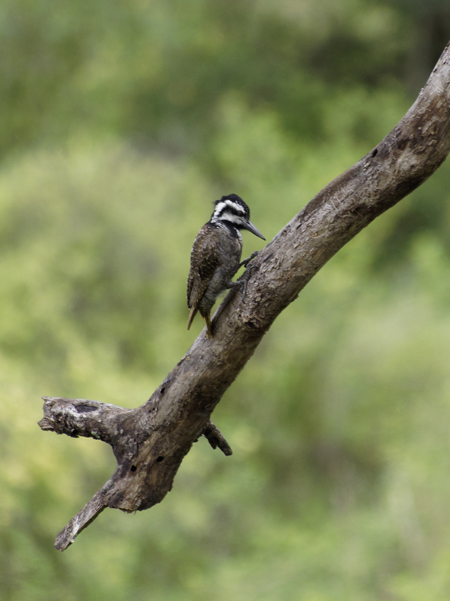
... and nearby another bearded woodpeaker (male), probable the second half of a pair:
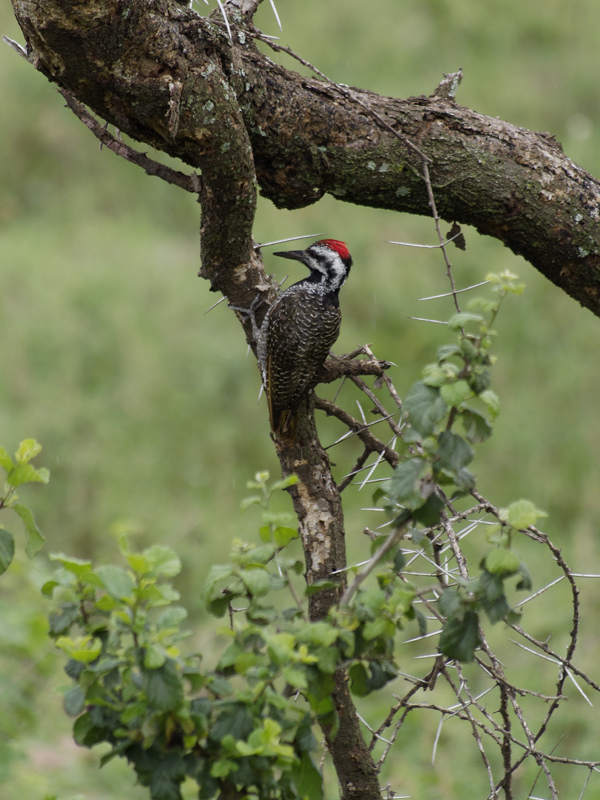
Not far away we also identified a southern white crowned shrike:
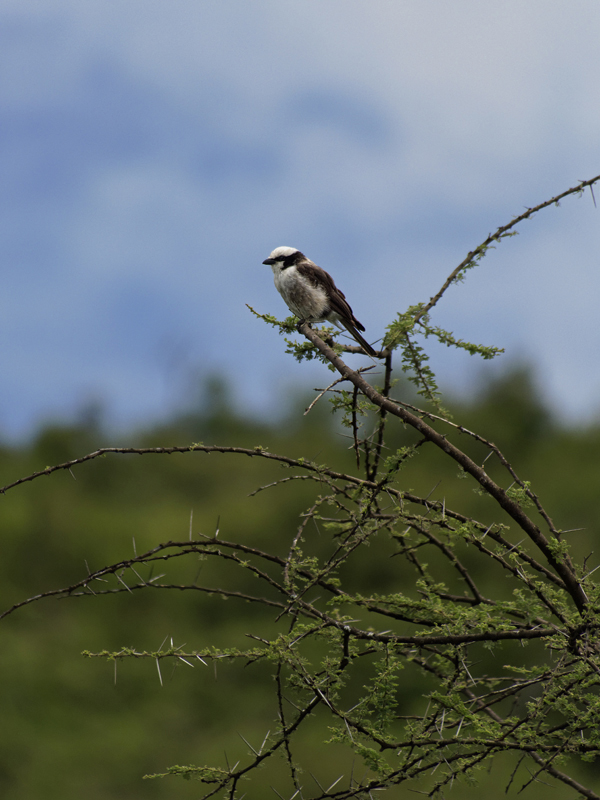
It was getting on towards midday, so this water buck and others were laying low:
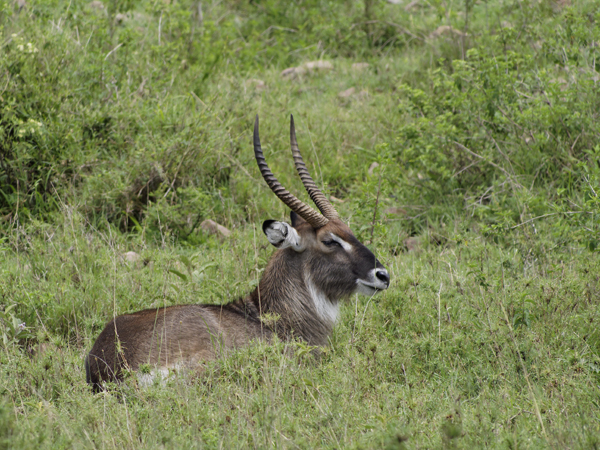
We also happened by a giraffe, quite close to the roadside (good photos!):
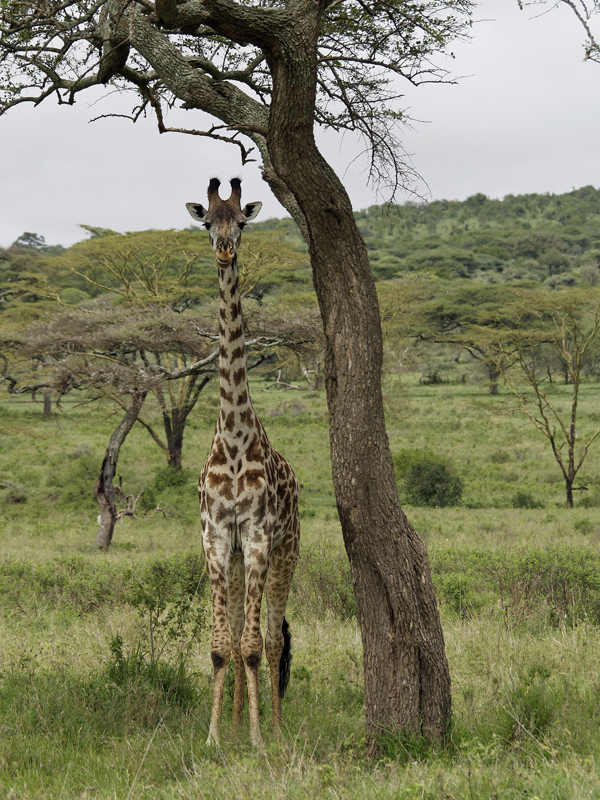
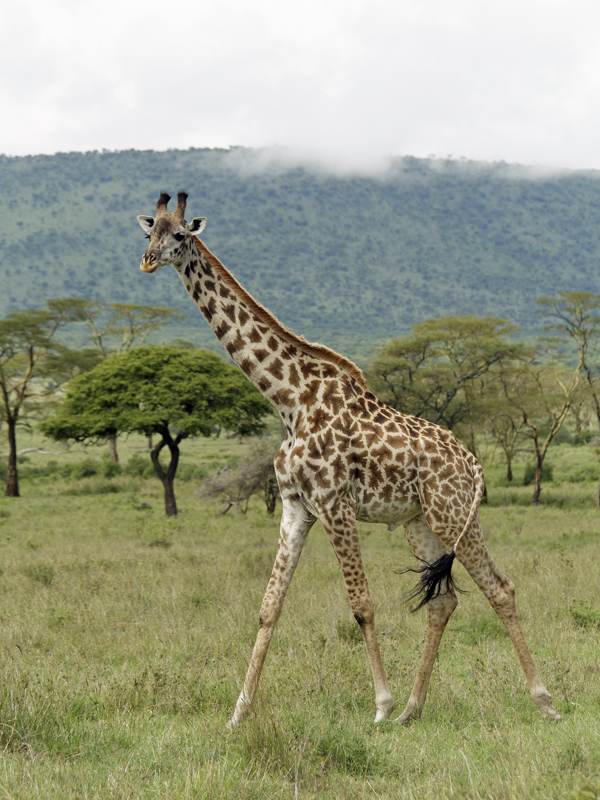
As with the water buffalo, you really see how many insects pester these animals:
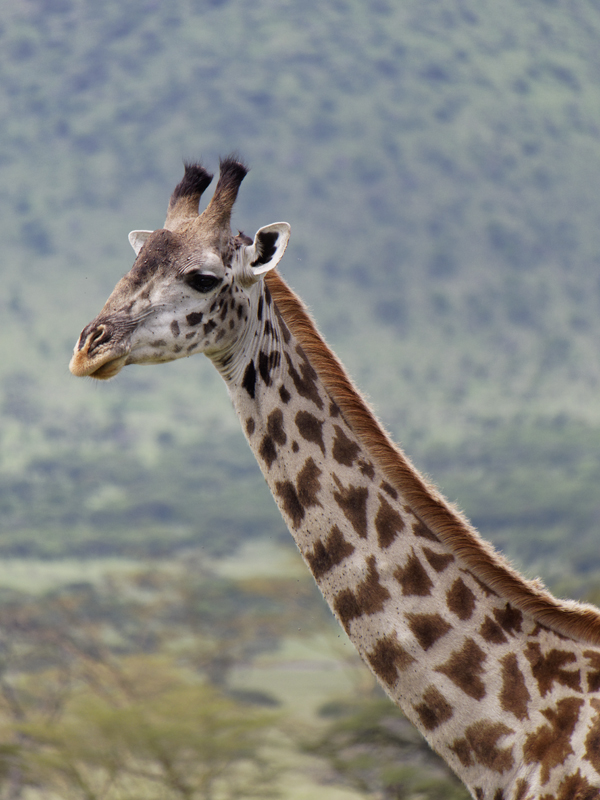
She/he gave us some great poses:
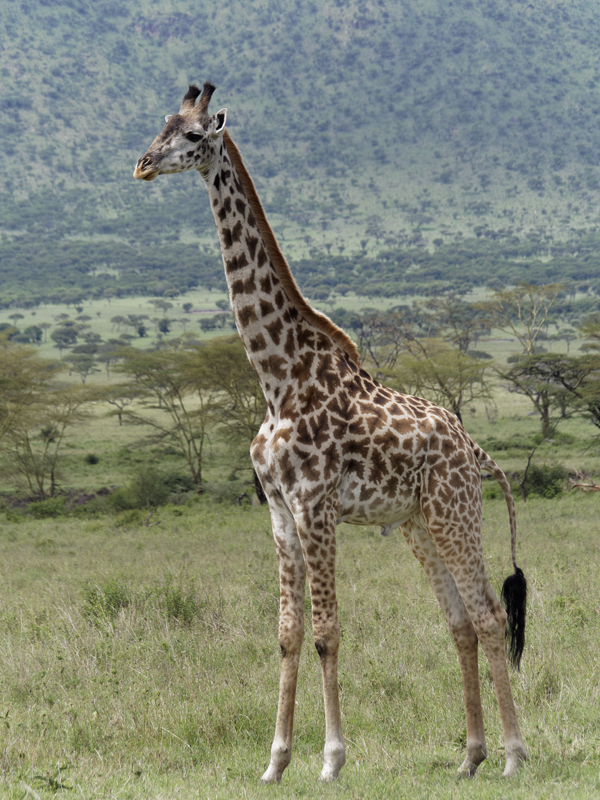
An impala also came into a clearing, so we snapped a couple of pics:
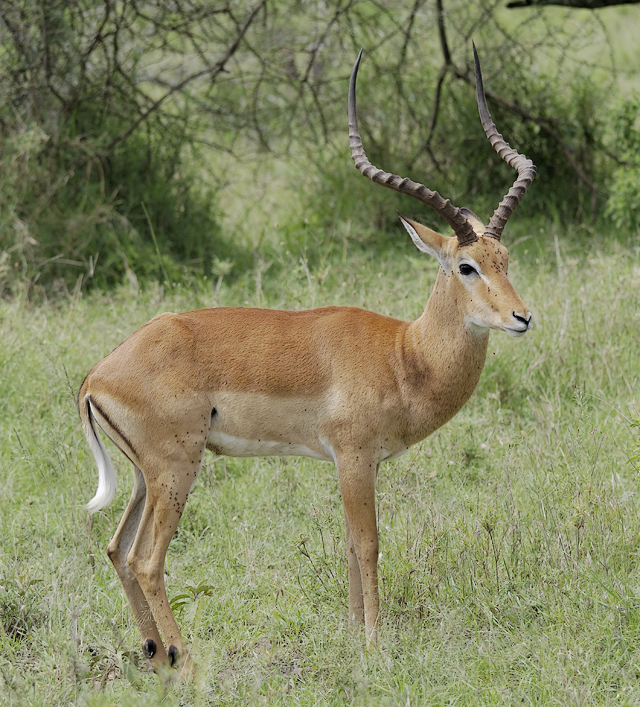
Again, there are insects all over:

On the way to our lunch stop, we saw a lounging leopard:
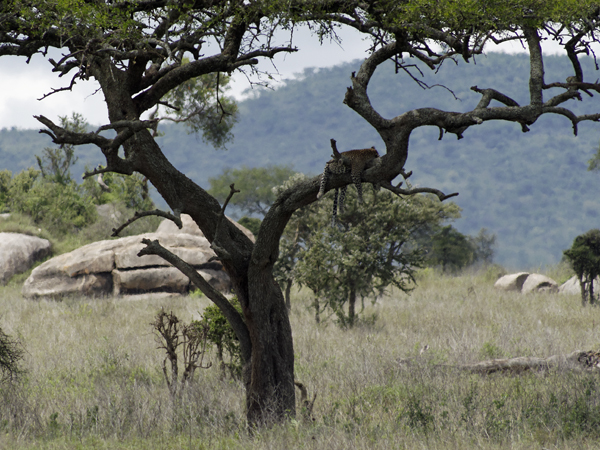
Like the lions, they like to find elevated perches (trees or rocks) to try and escape the insects:
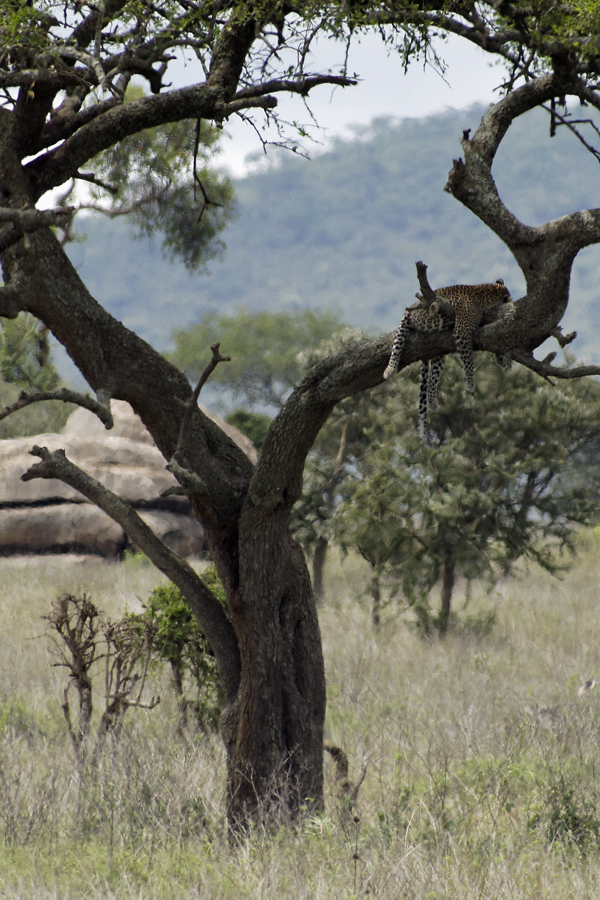
She/he was not being very active, so we grabbed the photos and moved on through the kopjes:
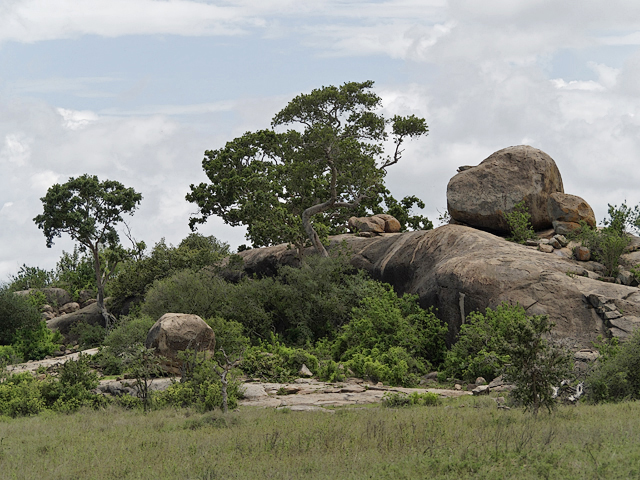
In the last event before lunch, we saw some elephants in the shade. The little one on the left was using the tree as a scratching post. It looked like mom had a baby on her far side:
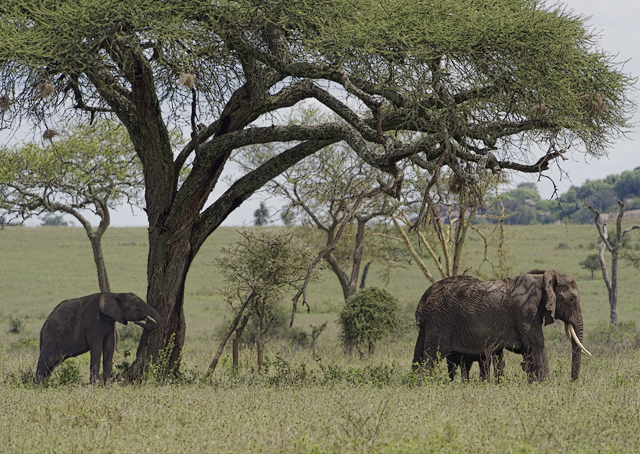
We zoomed in on the young elephant scratching away:
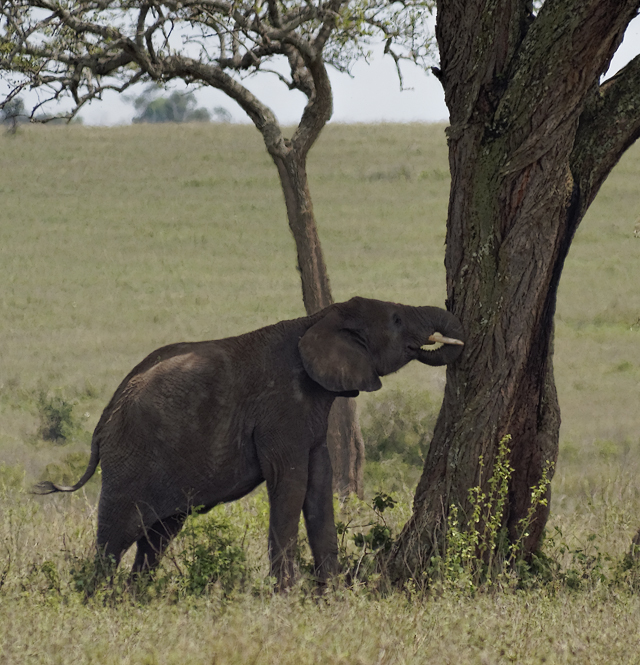
And zoomed in on mom too:
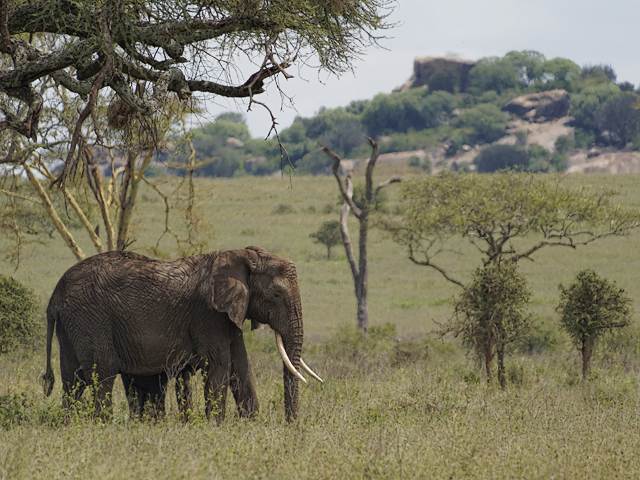
The adult started getting active...
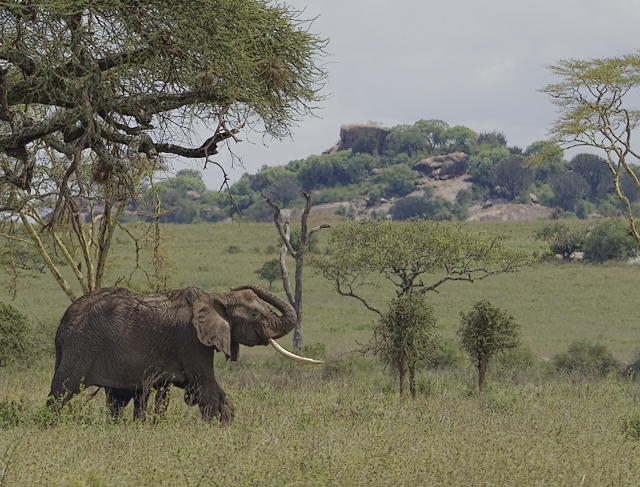
... which was when we noticed that many others were headed to join them. With more babies!
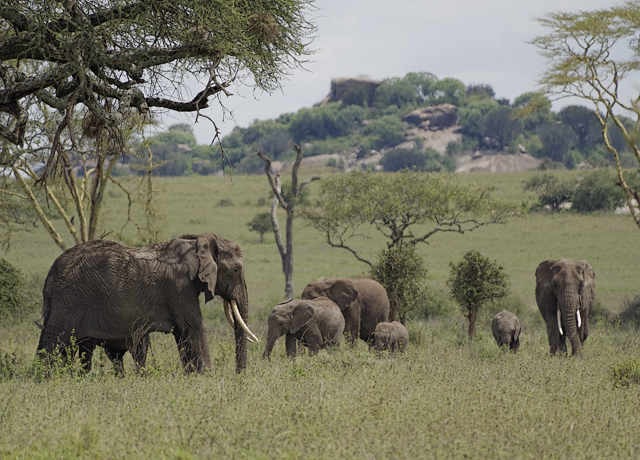
The adult continued to throw dirt on her back to fight the insects:
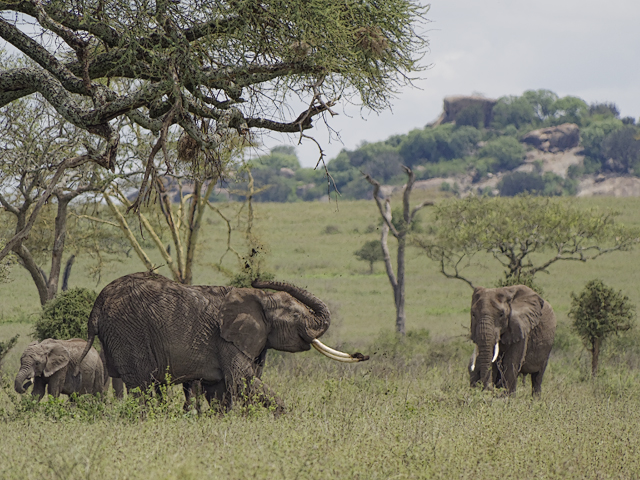
The rest of the herd slowly arrived...
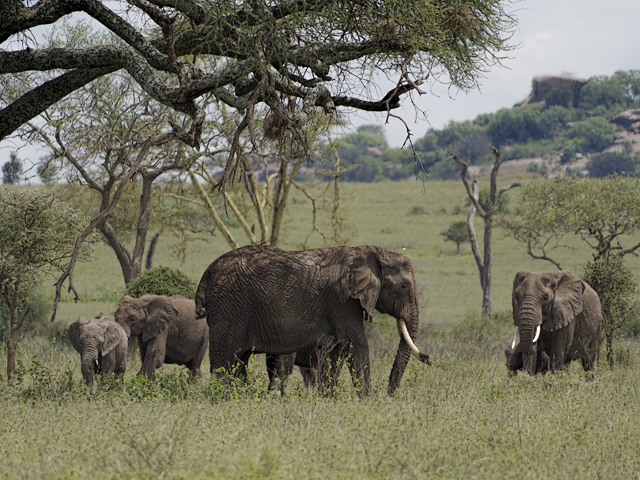
... and took position in the shade:
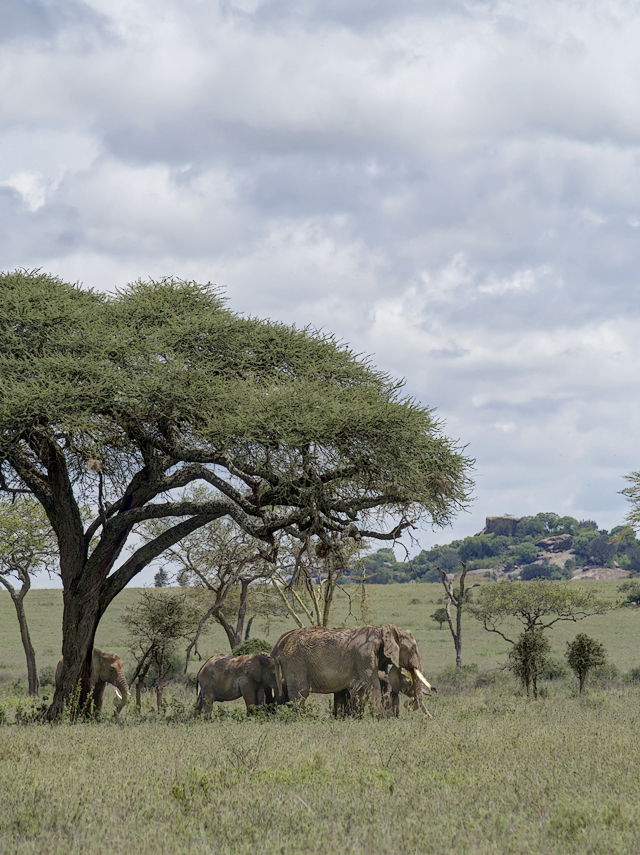
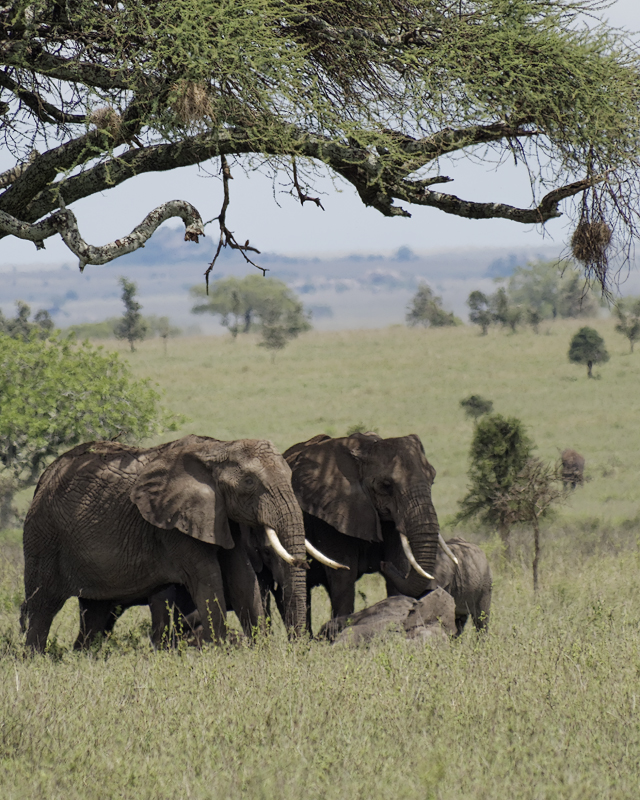
One final photo: we found this caterpillar at the lunch site. From elephants to caterpillars, a good morning:
And finally... this was our honeymoon. For the wedding, instead of registering for physical gifts (e.g., china, silverware, etc.), we registered different parts of this Tanzanian safari. For this blog post, we wish to heartfully thank:
- Ronald M, for the overnights in this great location. It made a camper out of Frau A! THANK YOU!
- Amie and Kevin H, for the nights in this special camp. We absolutely loved it. THANK YOU!
- Erin and Kevin O, for the game drive, the resulting photos we treasure. THANK YOU!
- Seery M, for the game drive. It was such a special experience. THANK YOU!
- Greta M, for the game drive. We got perfect weather too! THANK YOU!
- Steve A and Claire P, for the game drive. It was just perfect, as you can see. THANK YOU!
 Herr J ...
Herr J ...  Post a Comment
Post a Comment  Travel tagged
Travel tagged  Masai,
Masai,  Serengeti National Park,
Serengeti National Park,  baboon,
baboon,  bearded woodpecker,
bearded woodpecker,  black winged stilt,
black winged stilt,  cattle egret,
cattle egret,  flamingo,
flamingo,  game drive,
game drive,  giraffe,
giraffe,  hyrax,
hyrax,  lion,
lion,  water buffalo
water buffalo  3 References ...
3 References ...  Print Article
Print Article  Email Article
Email Article 



